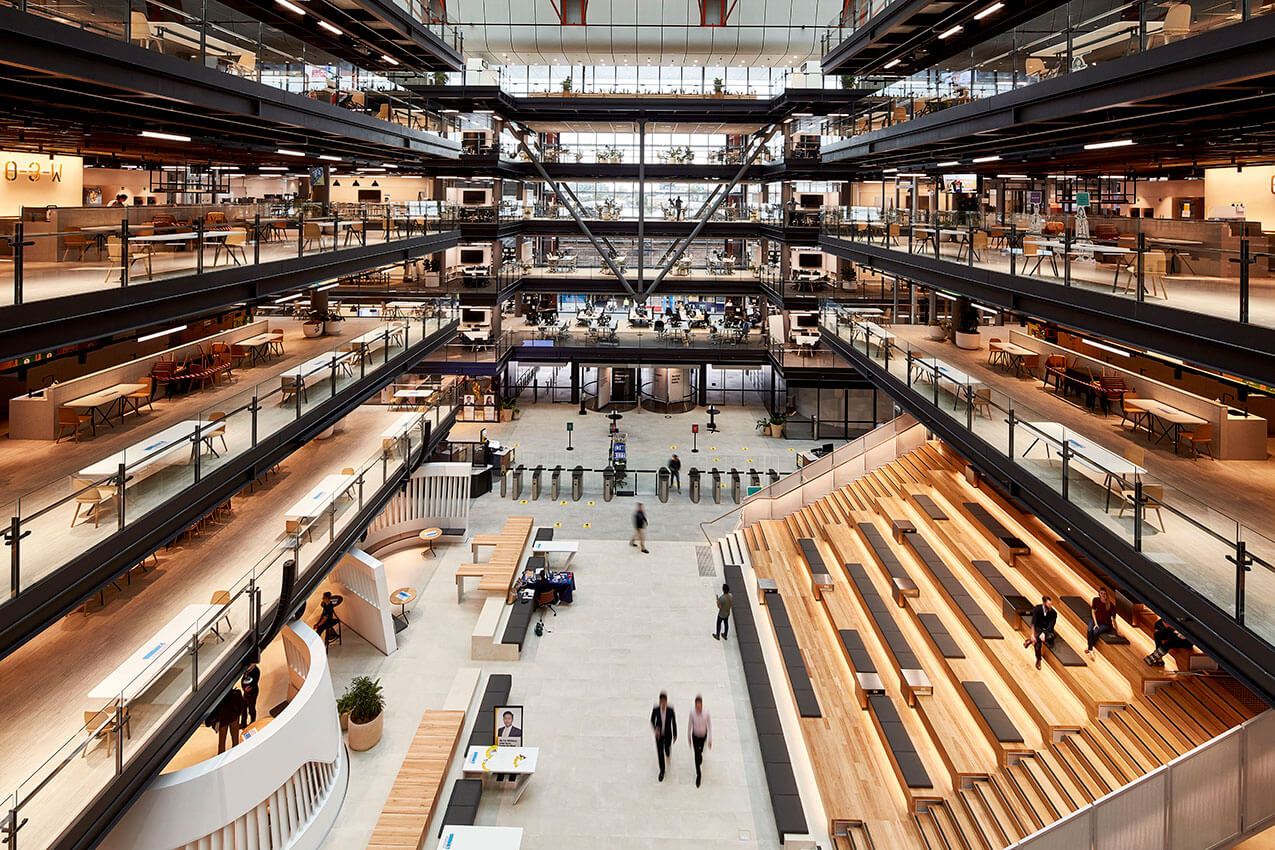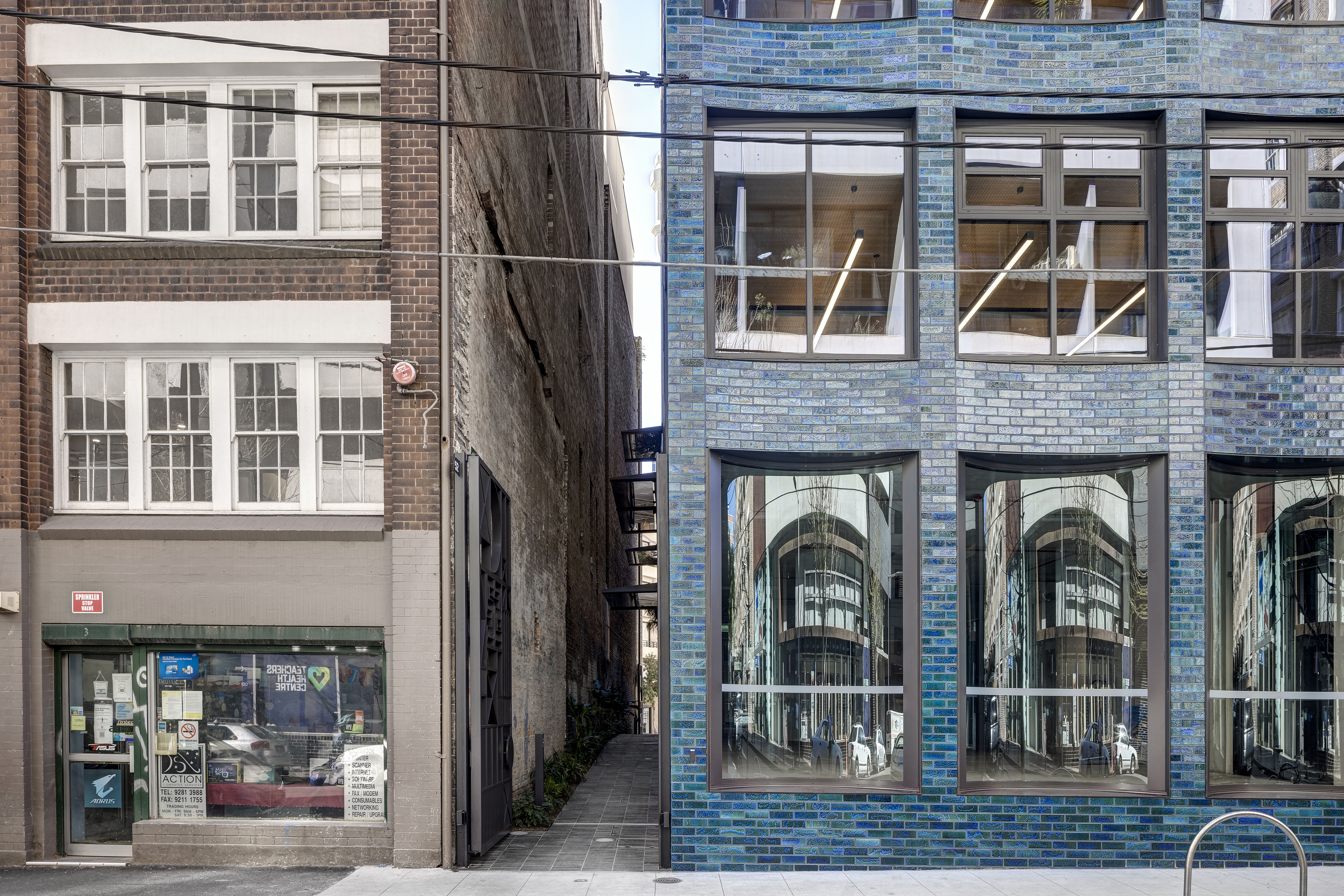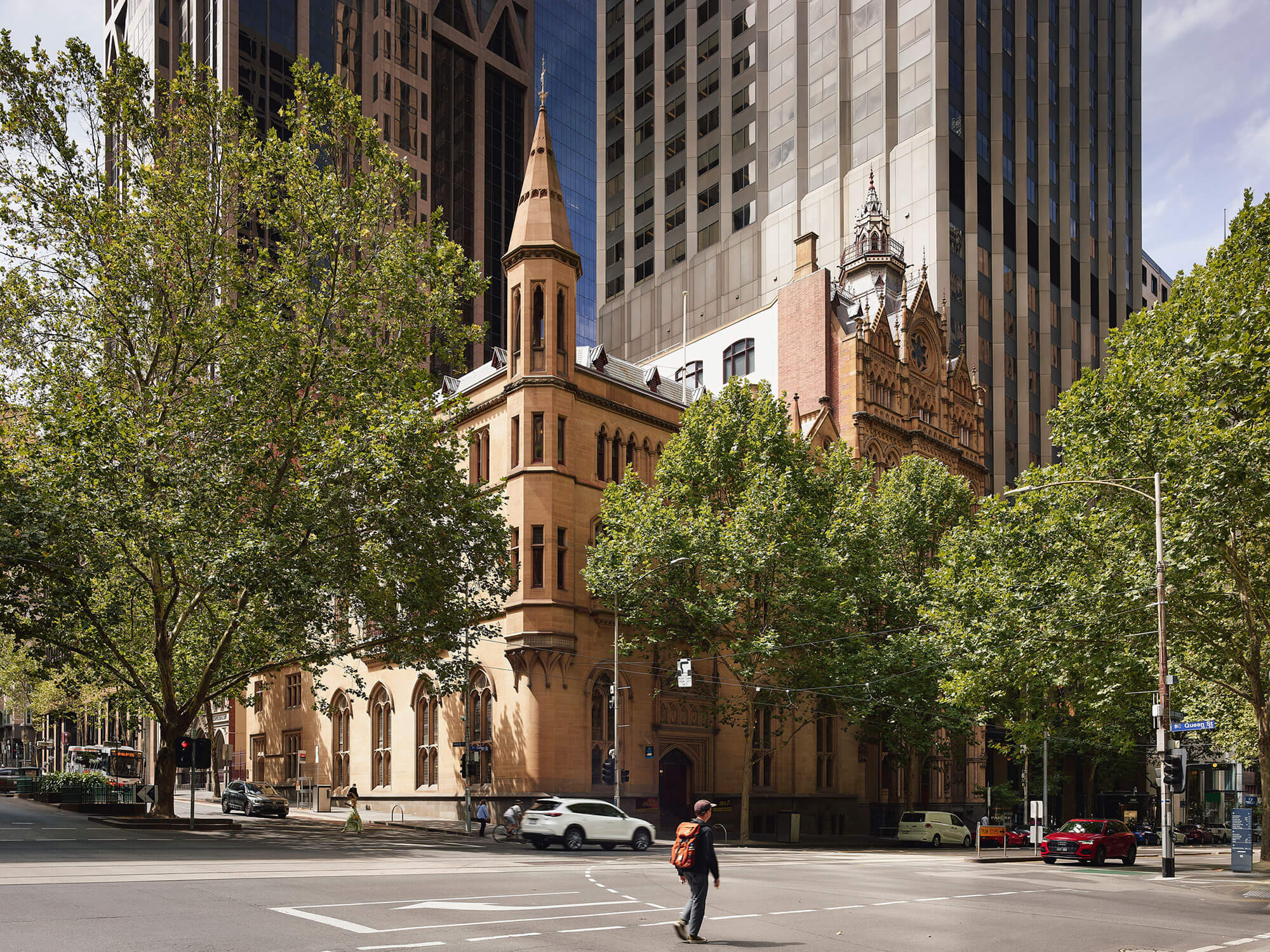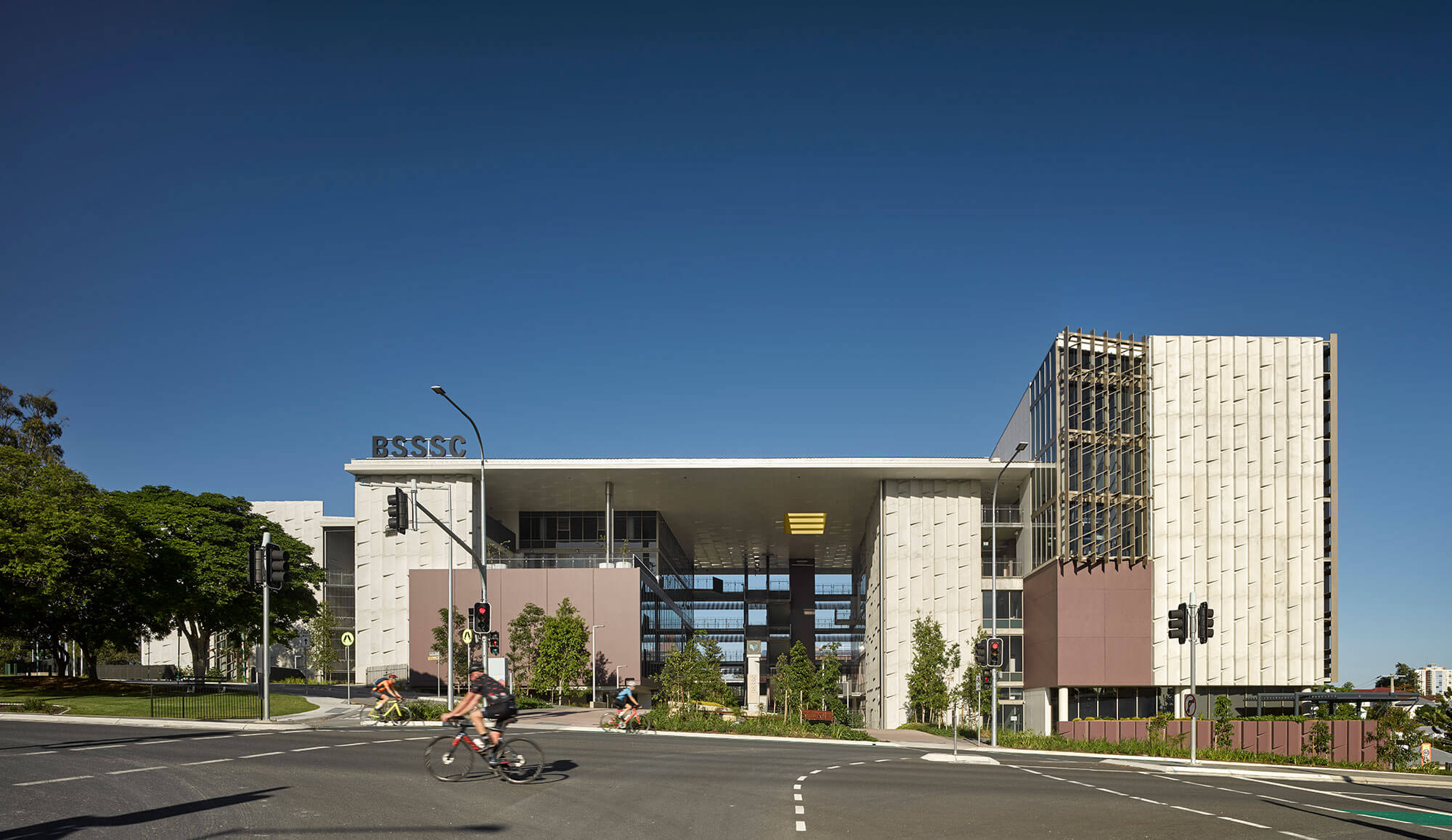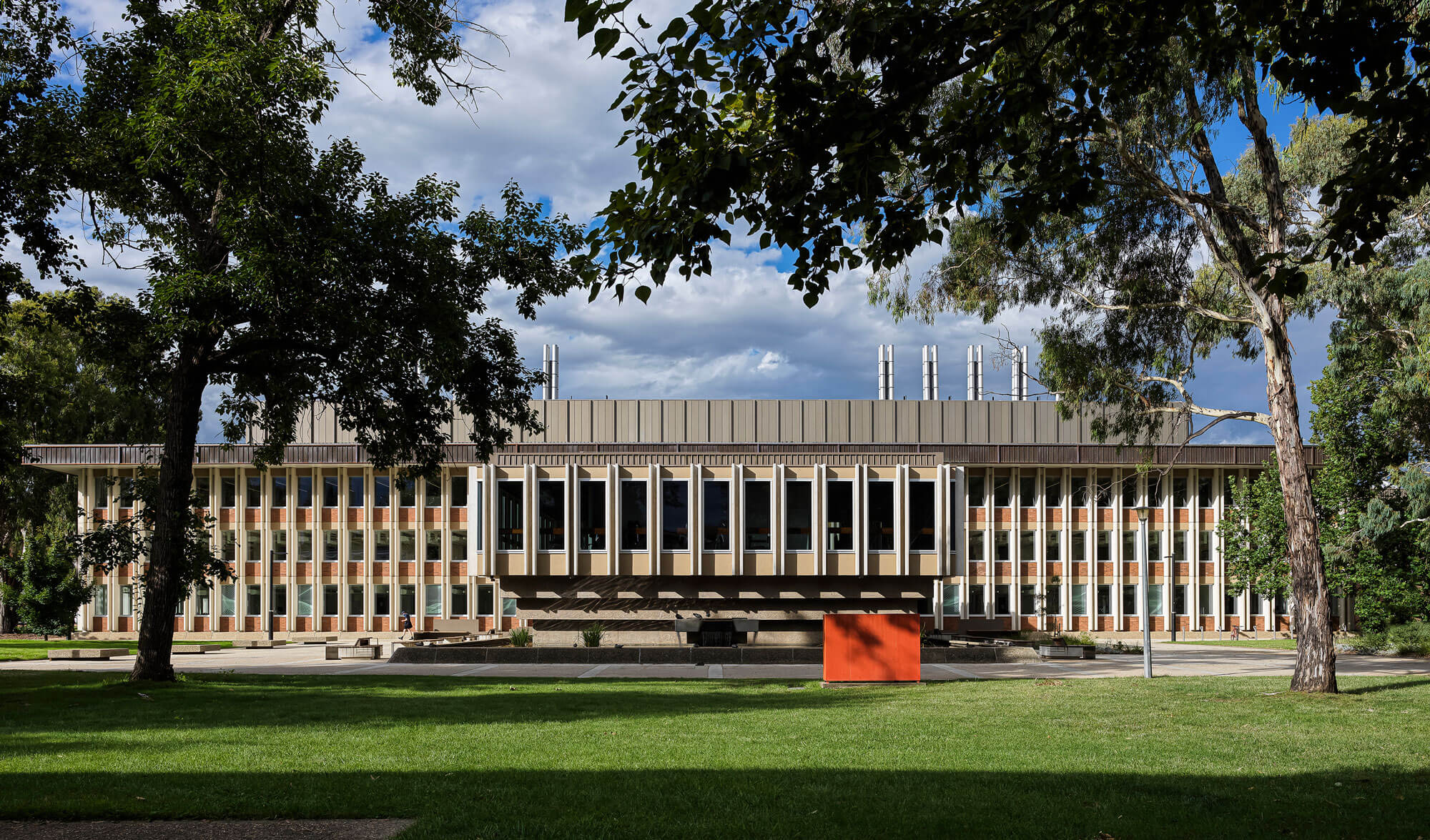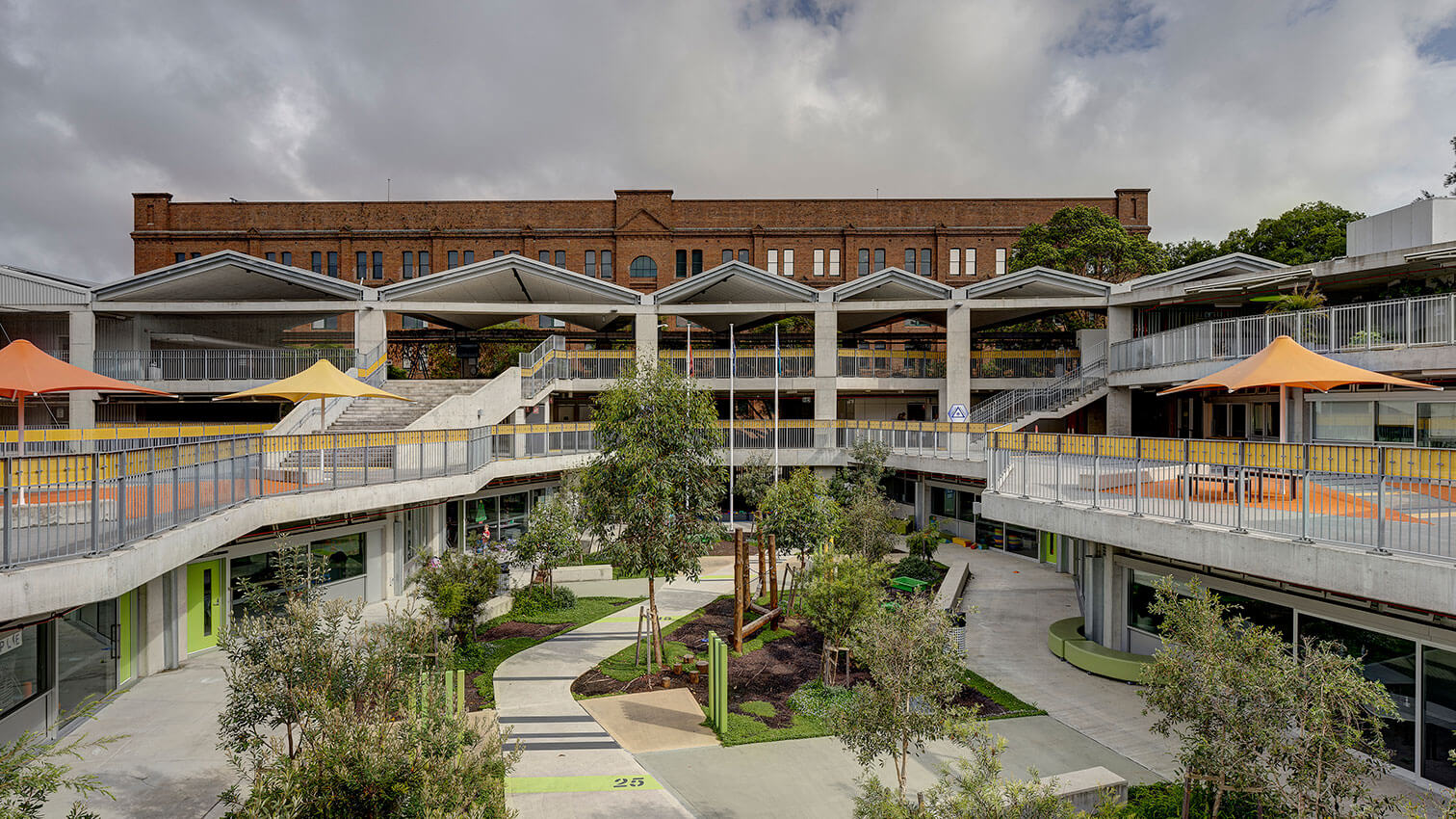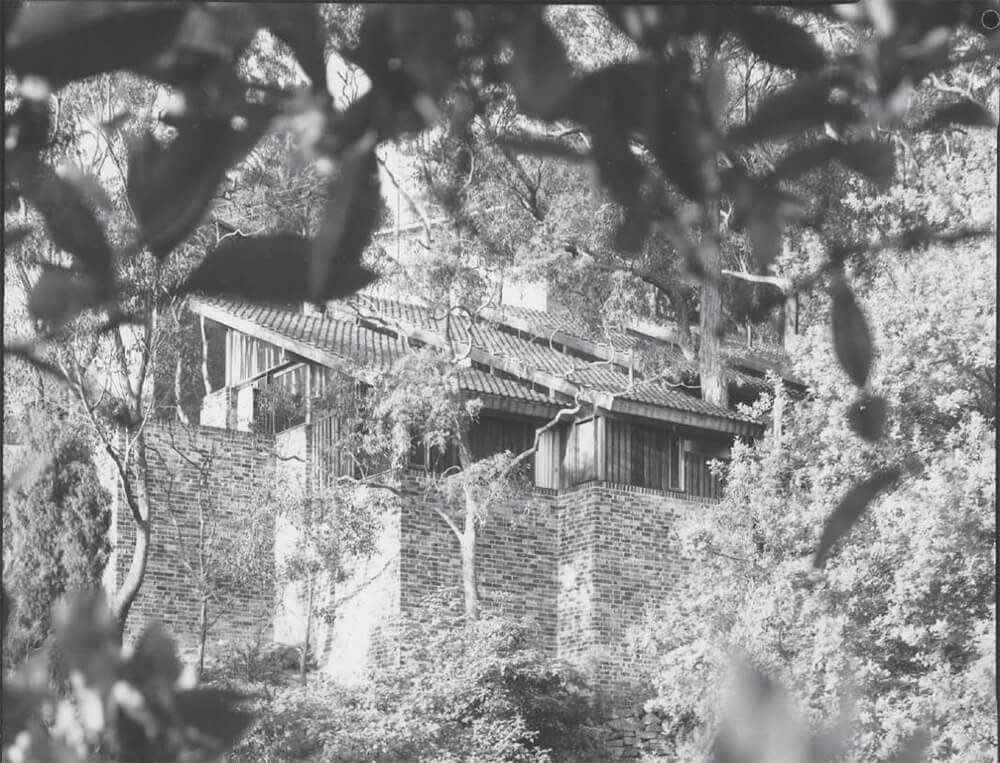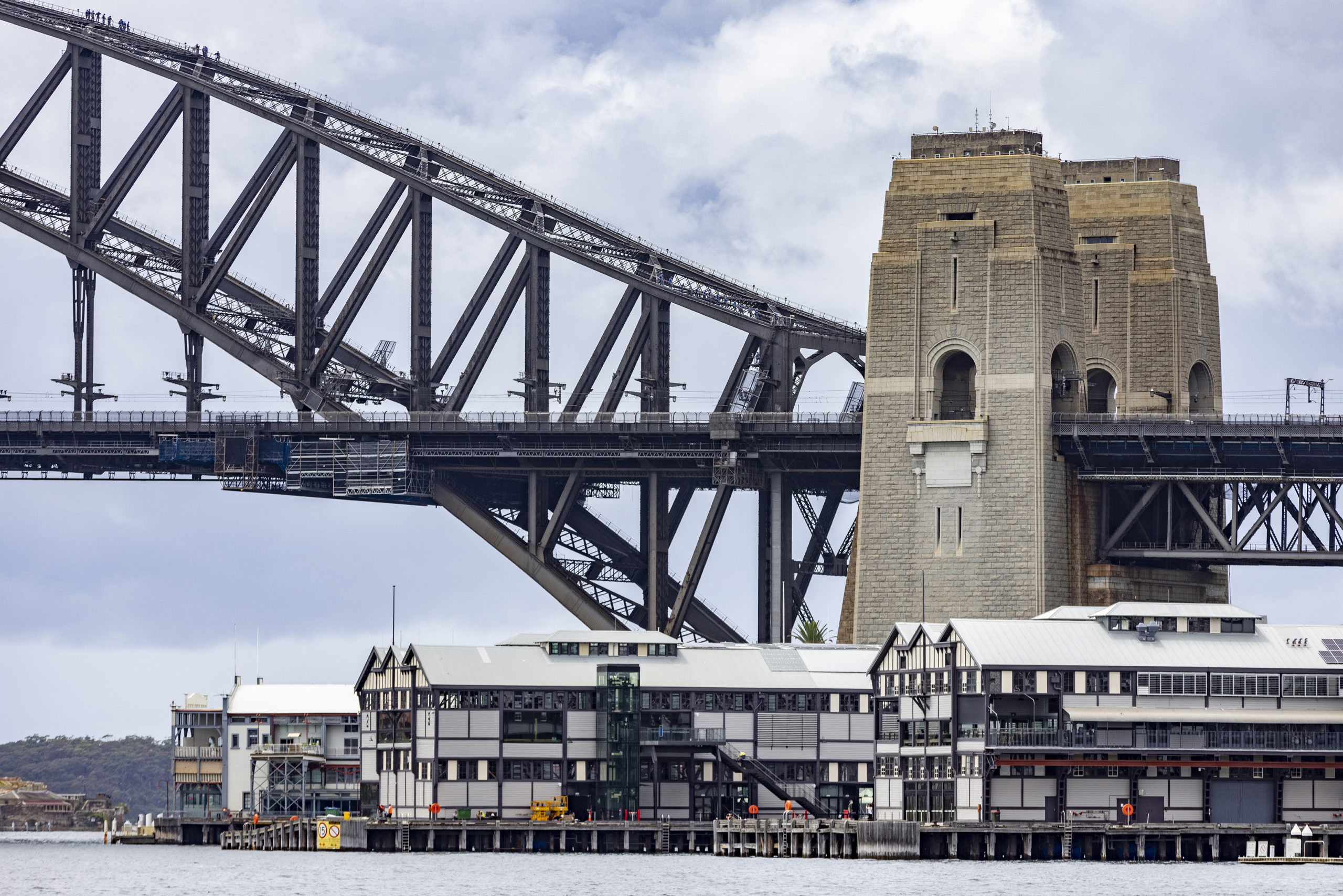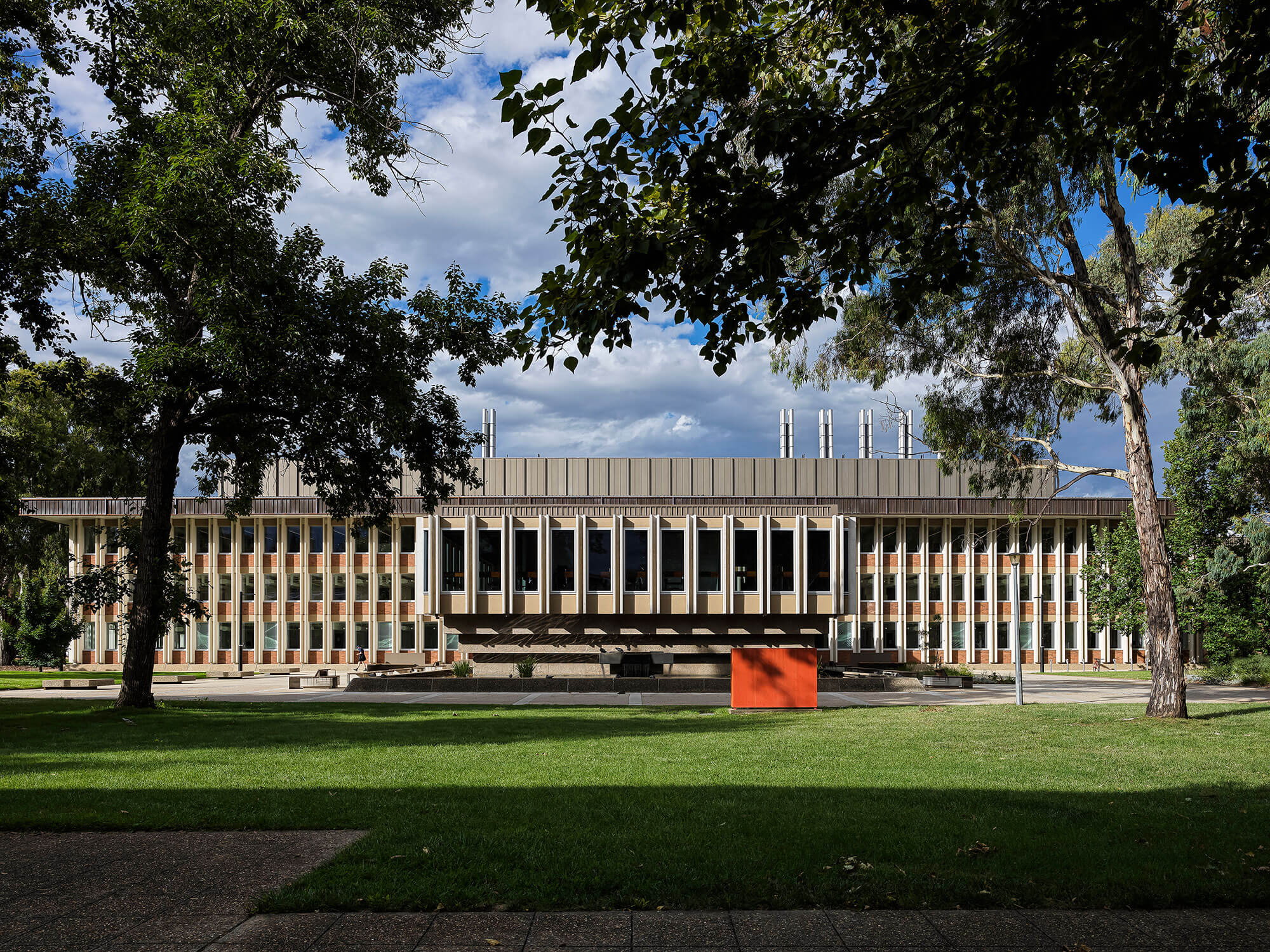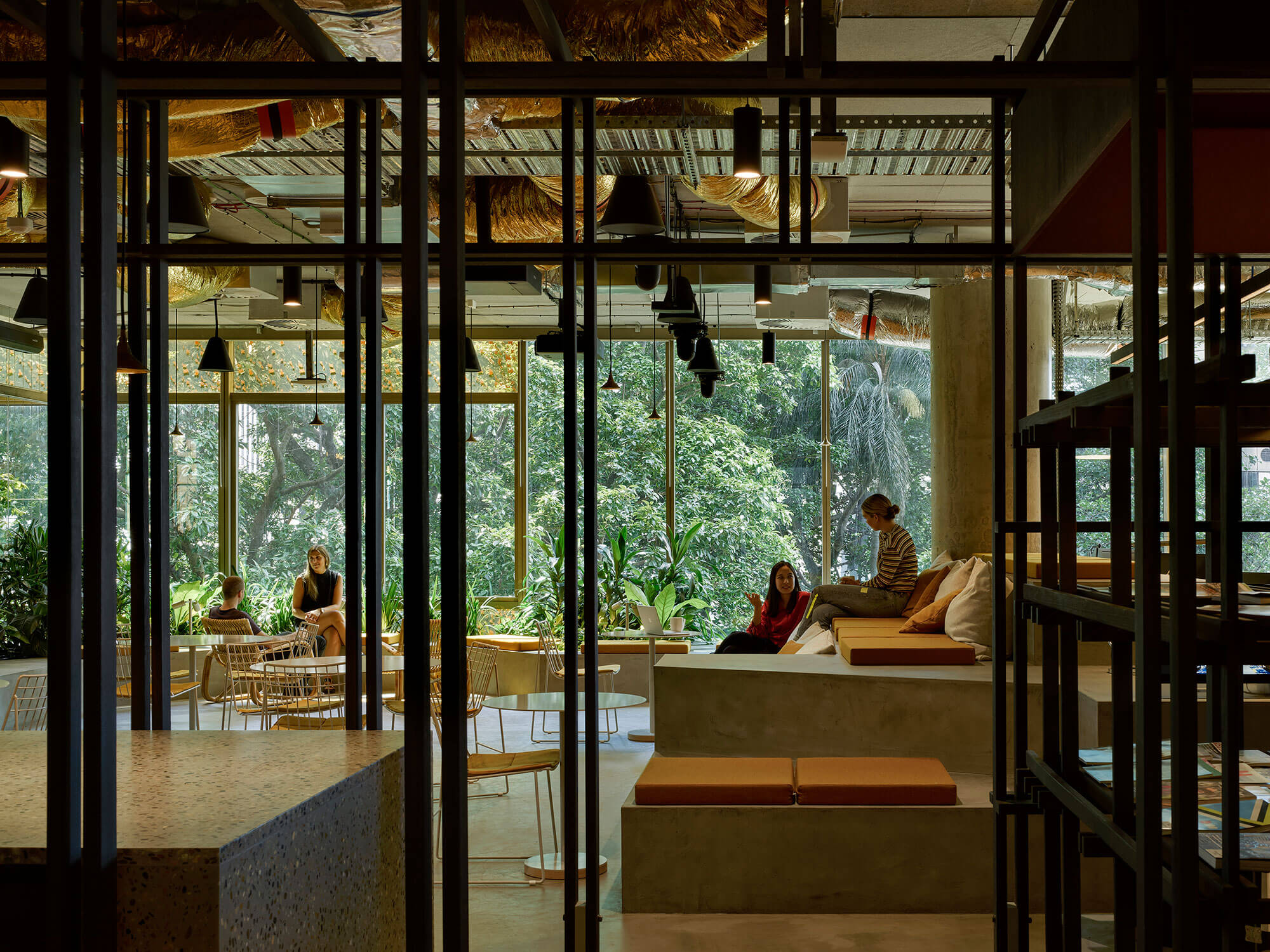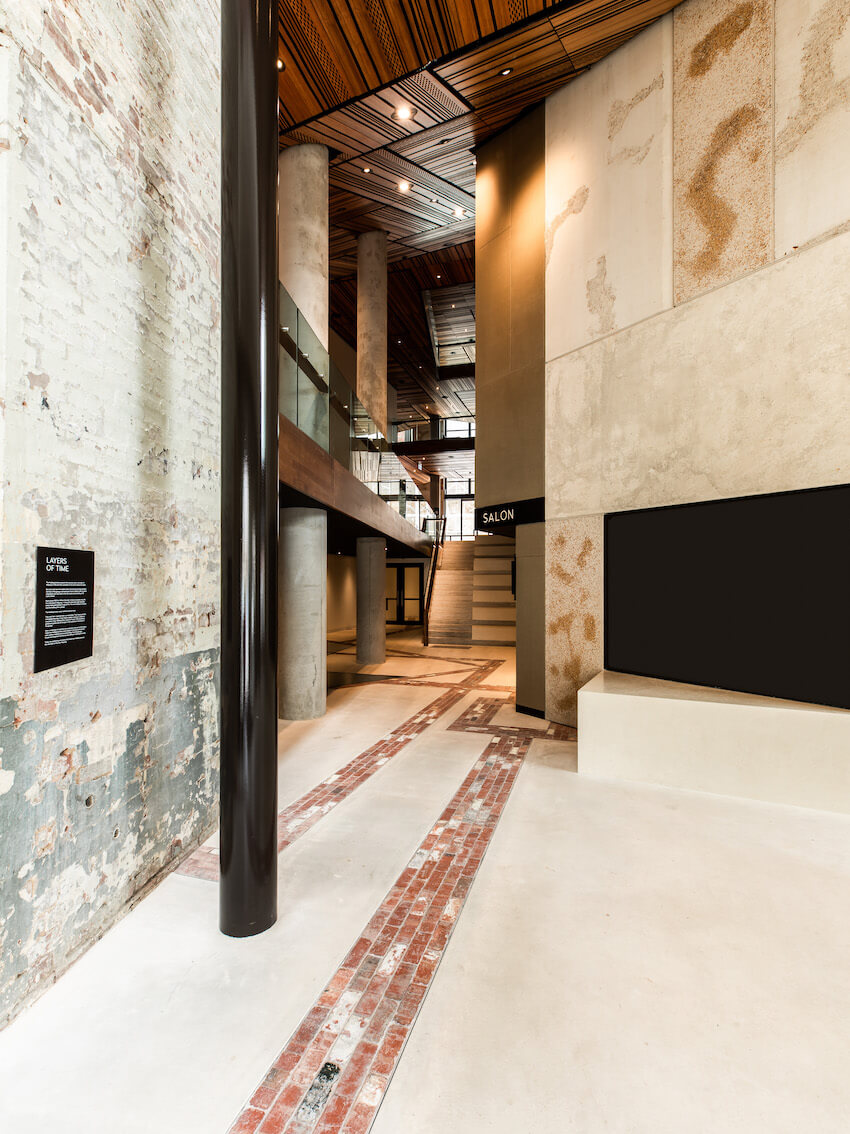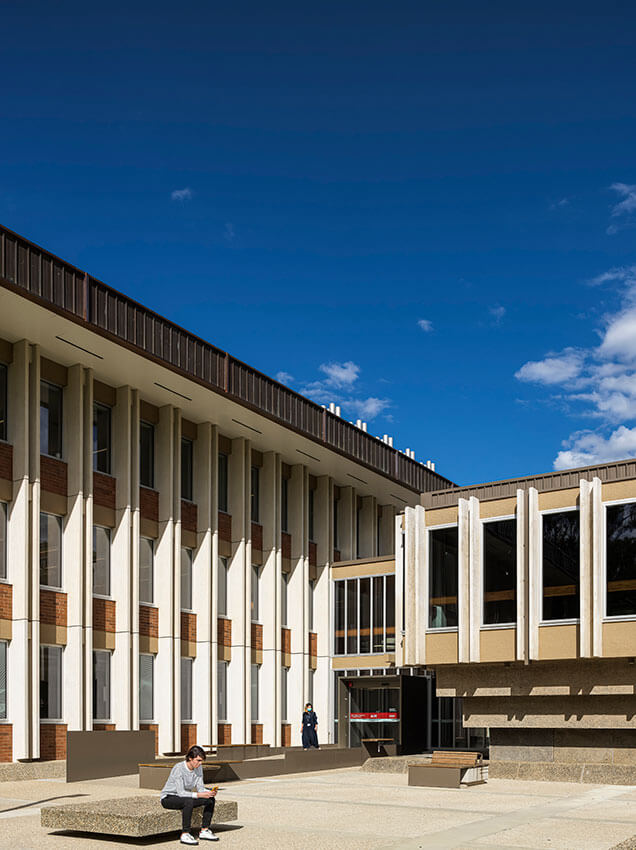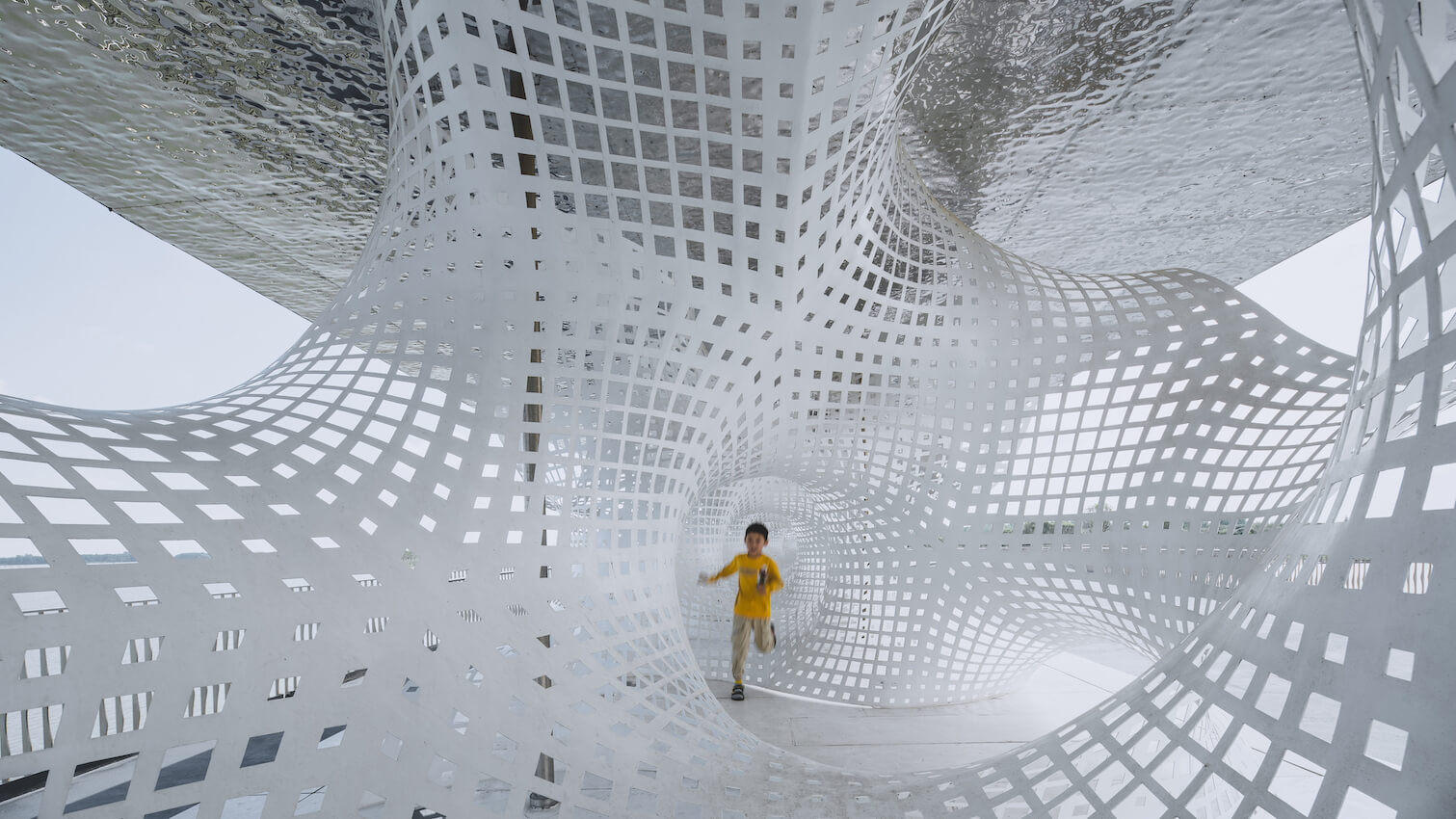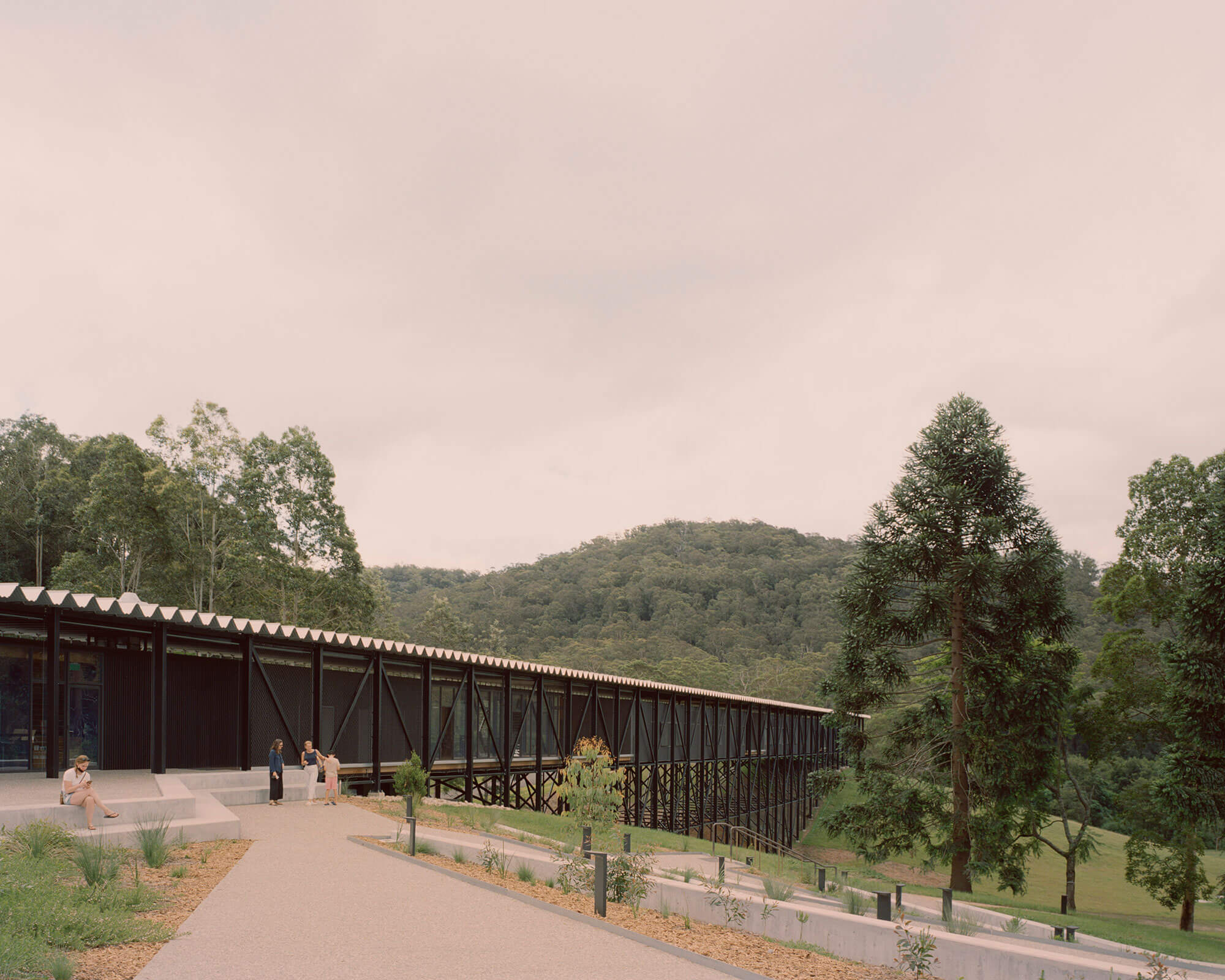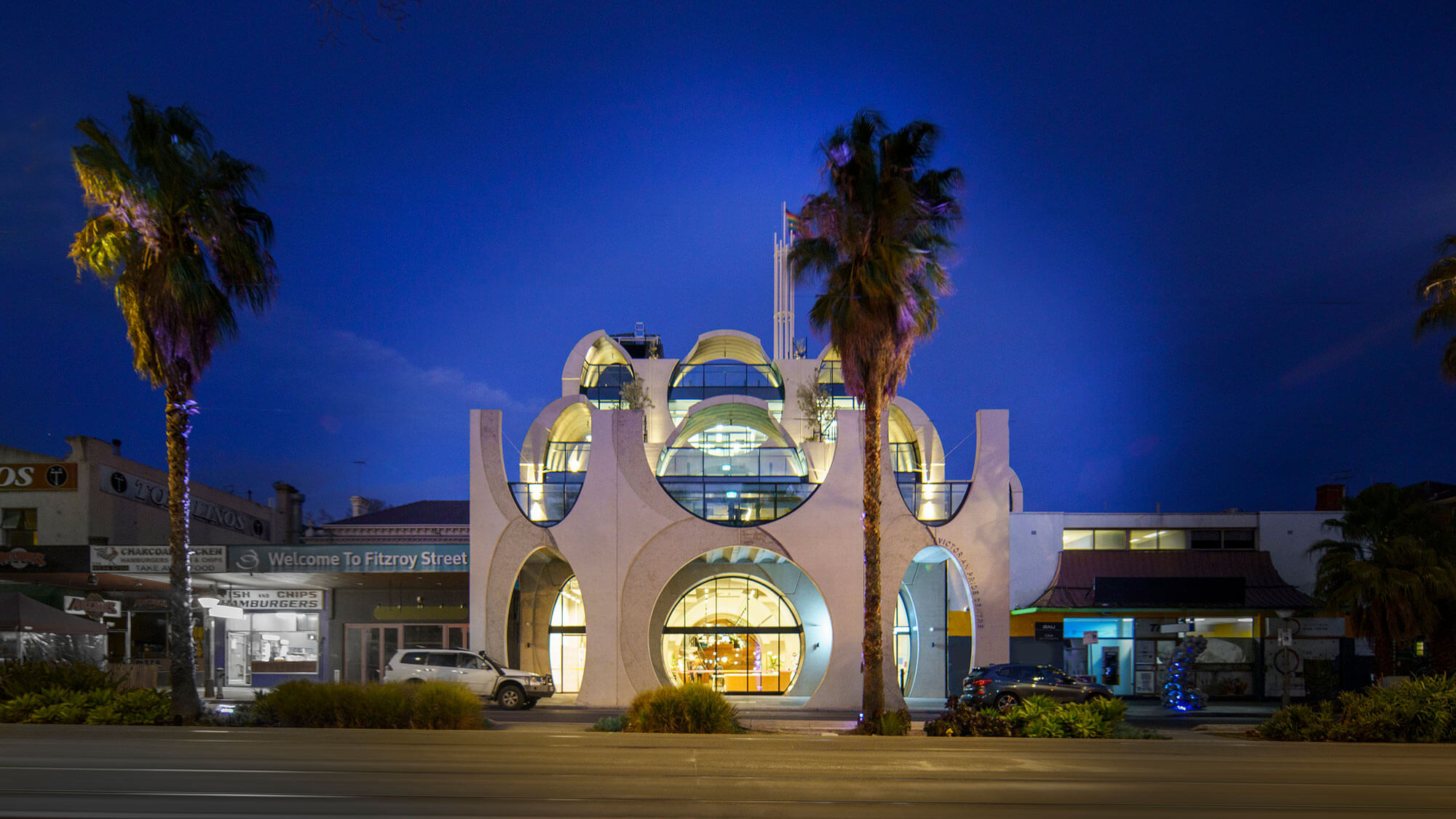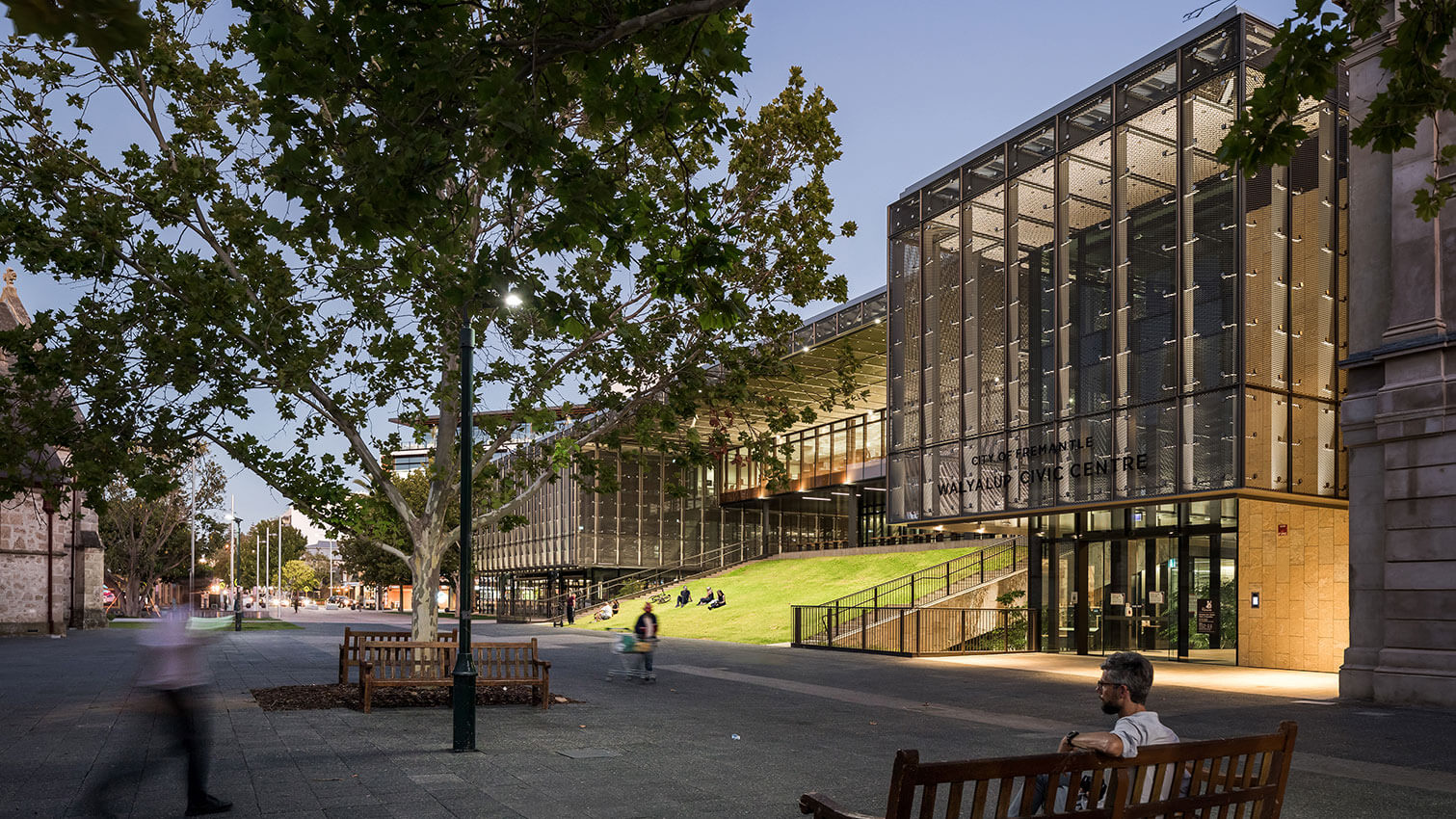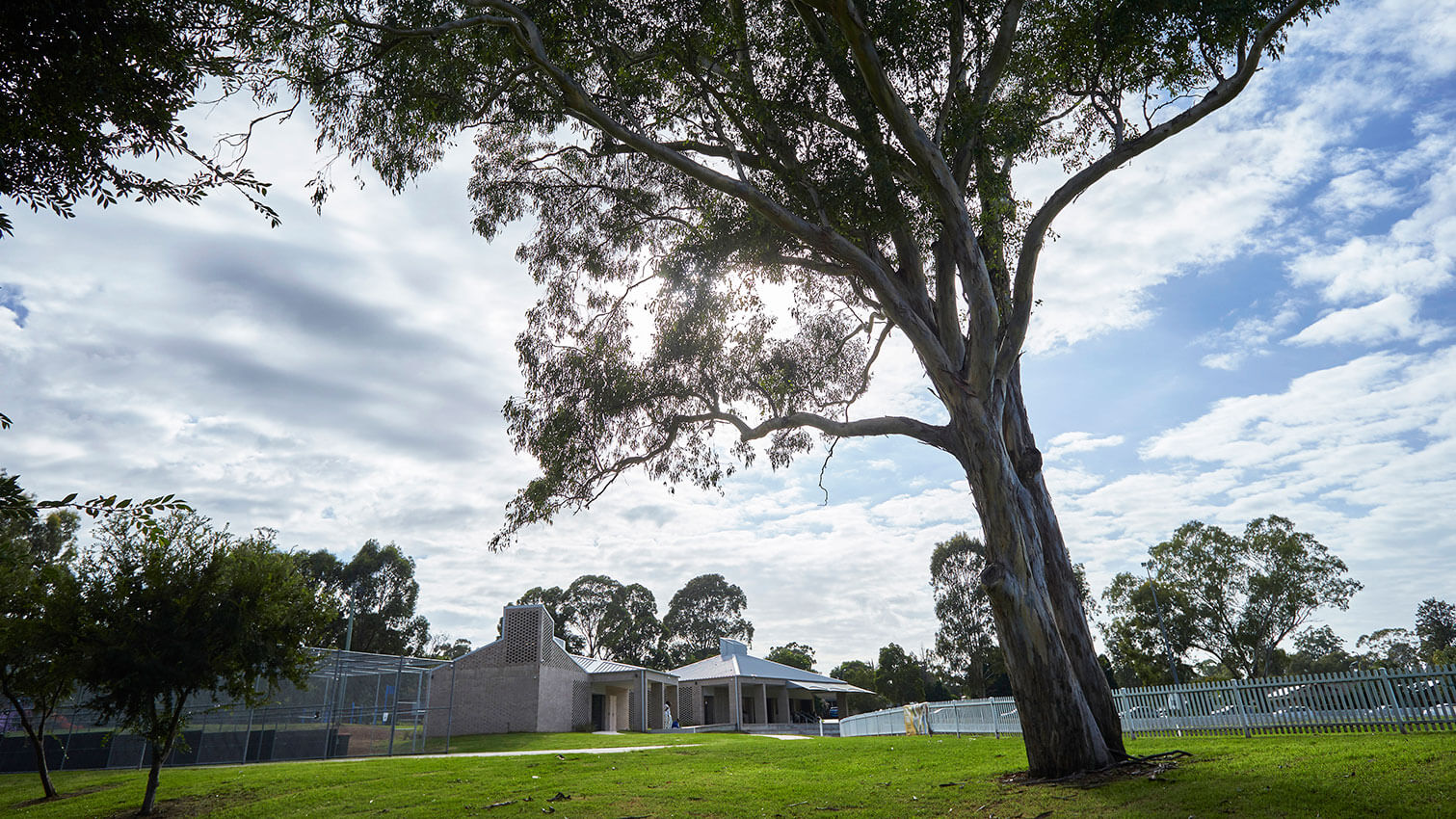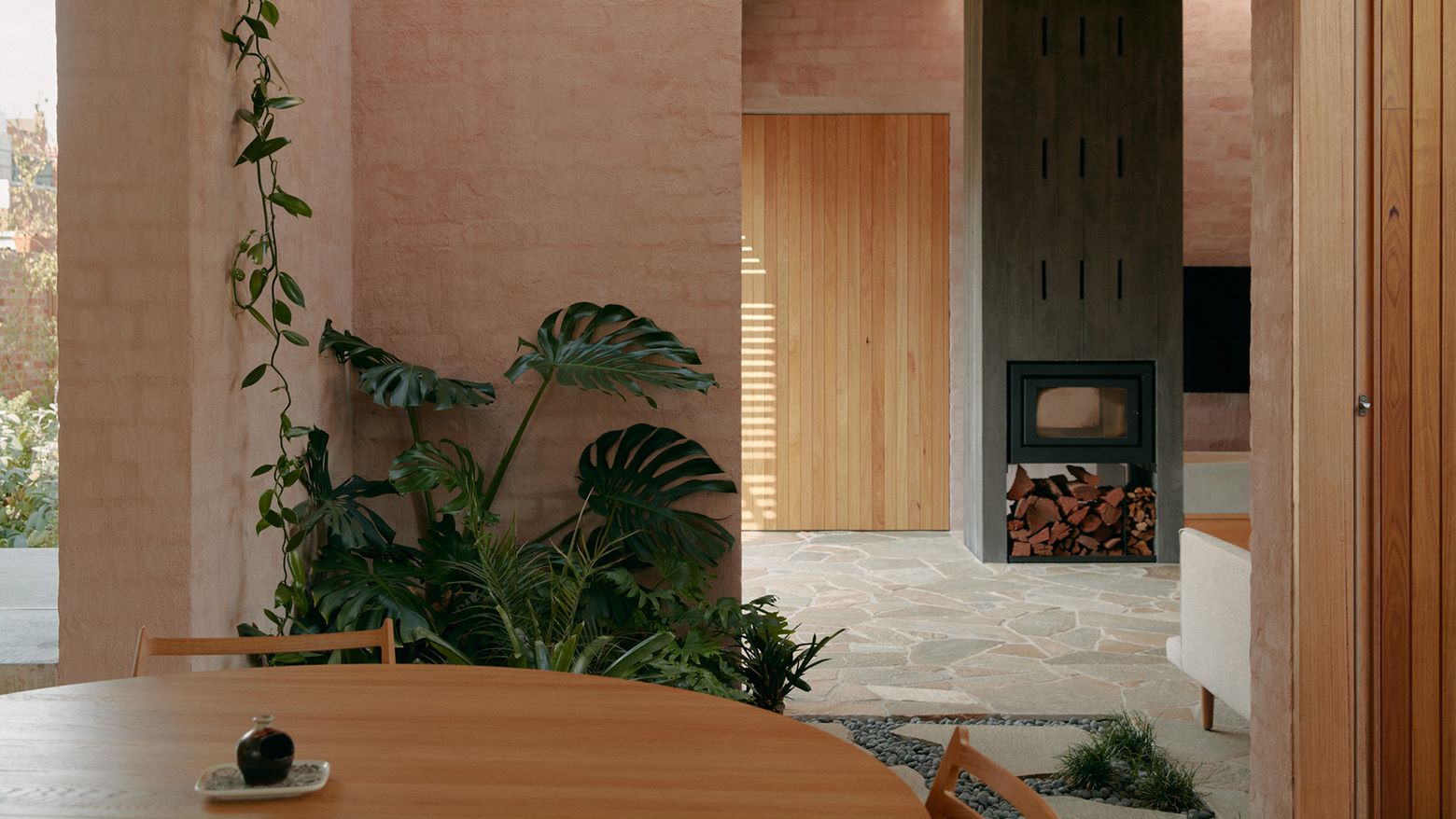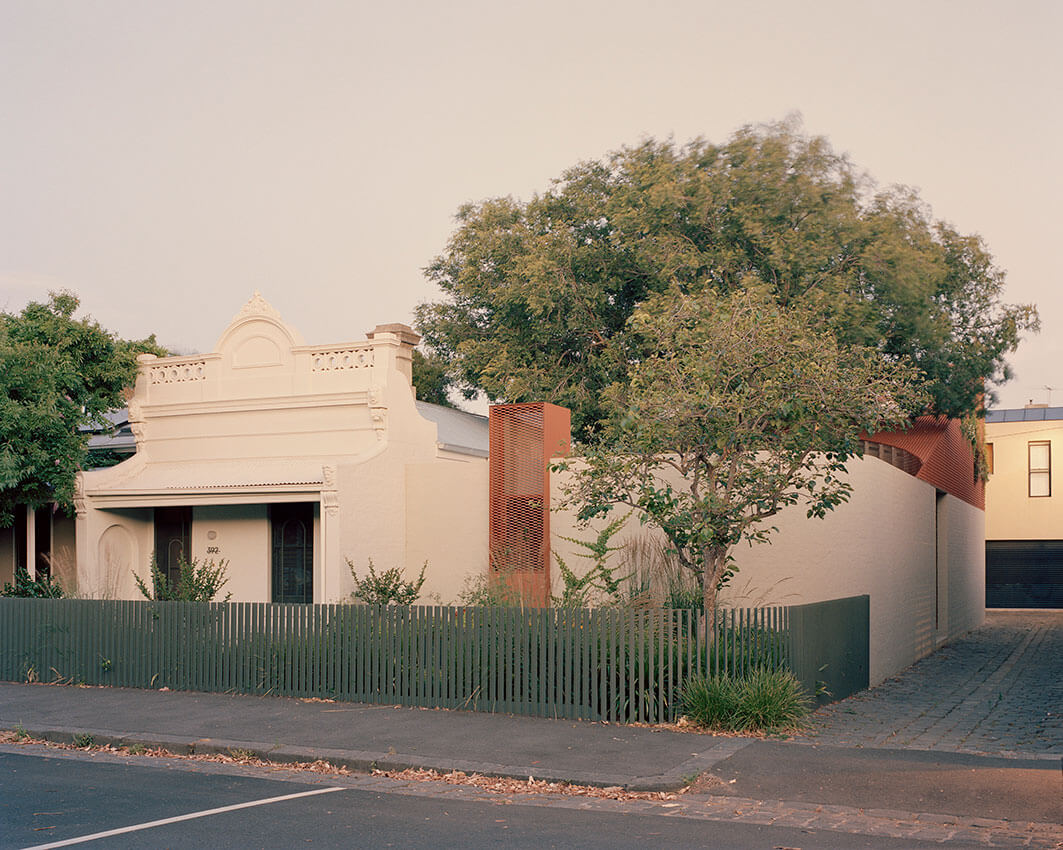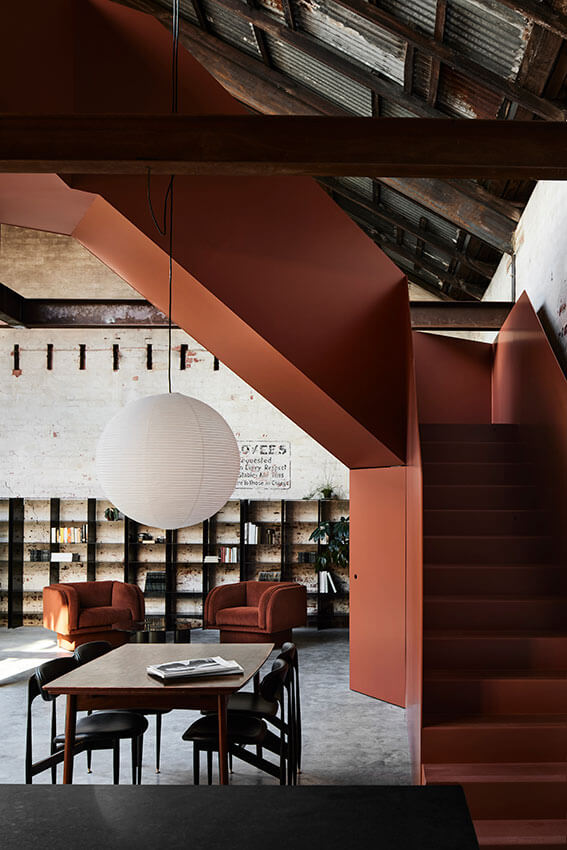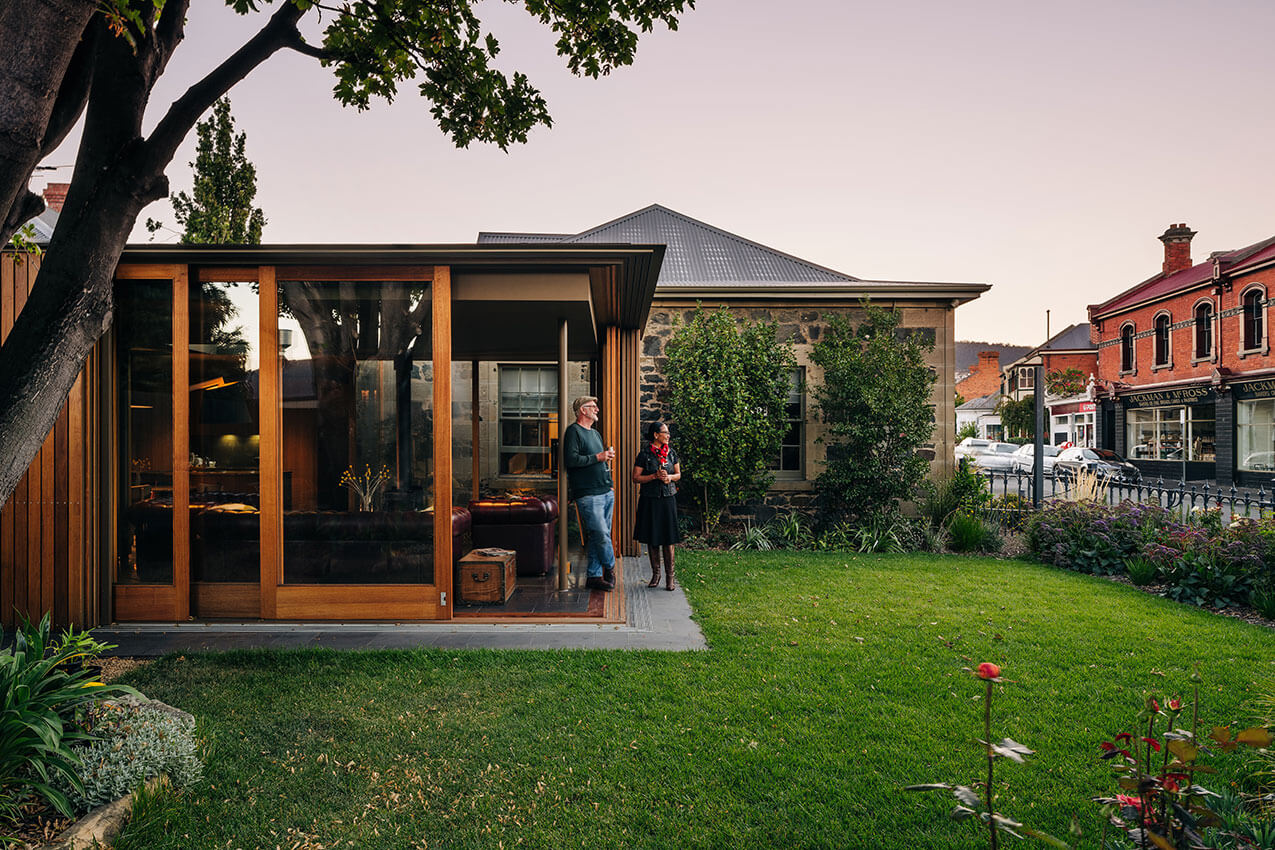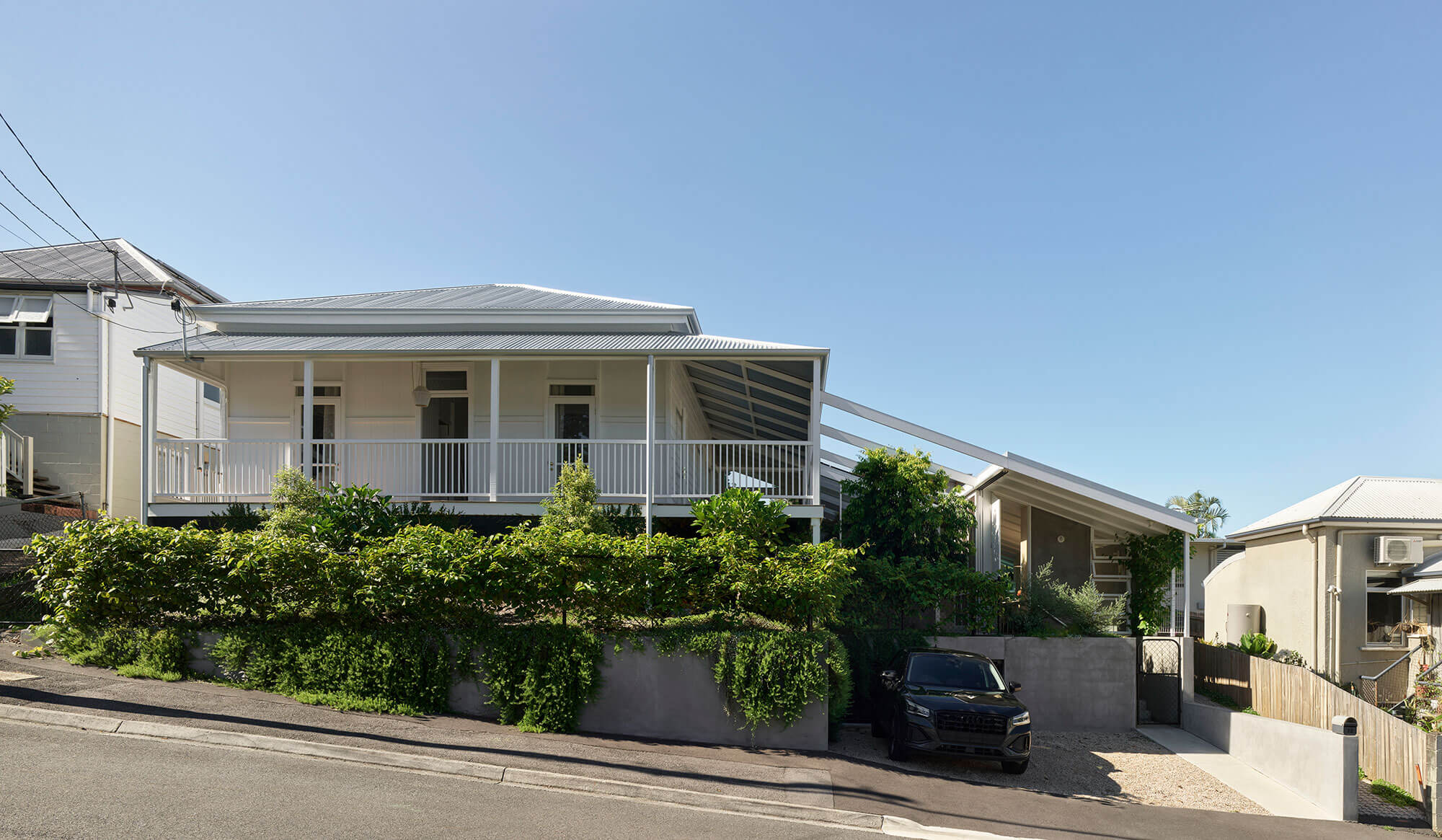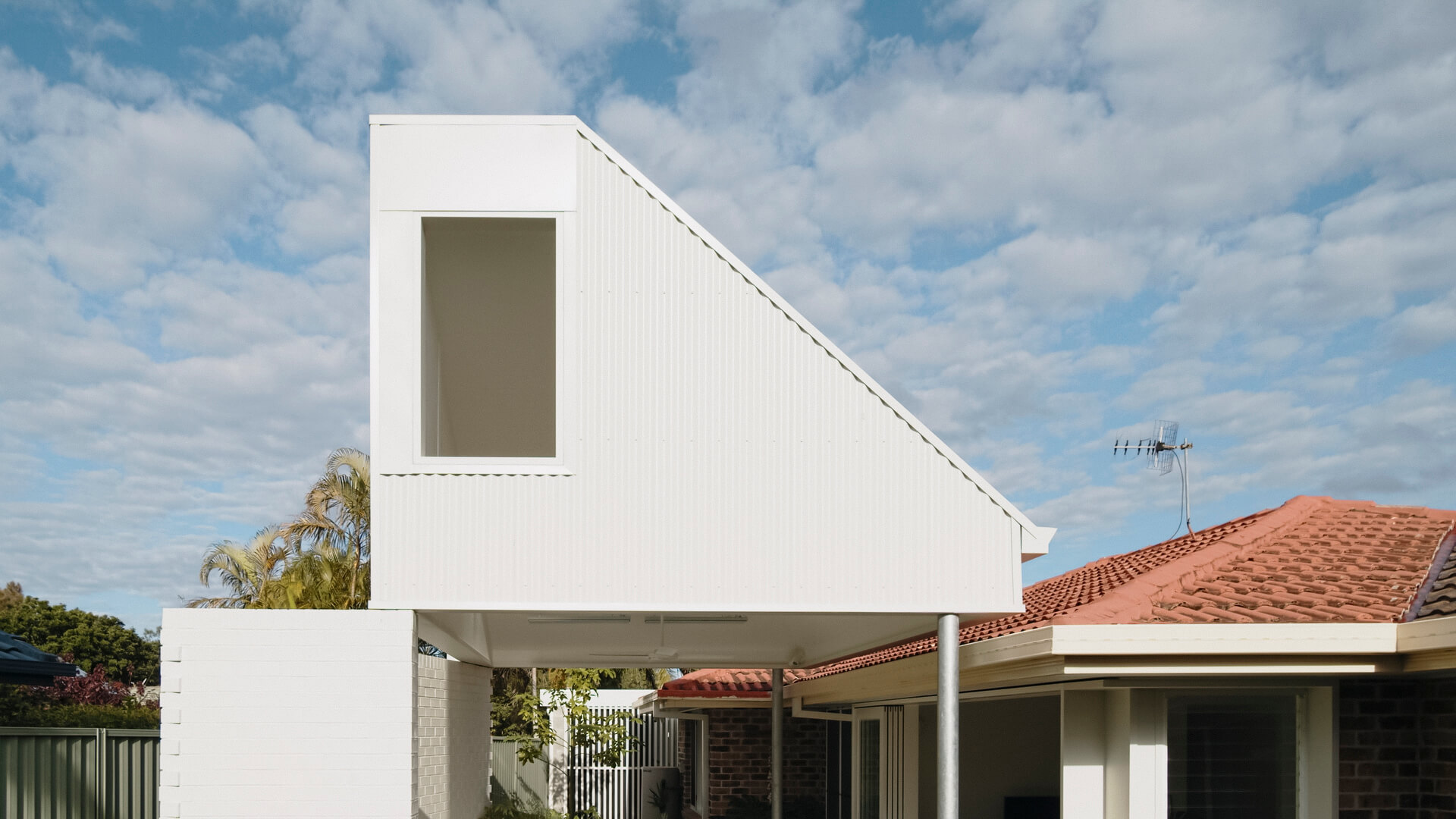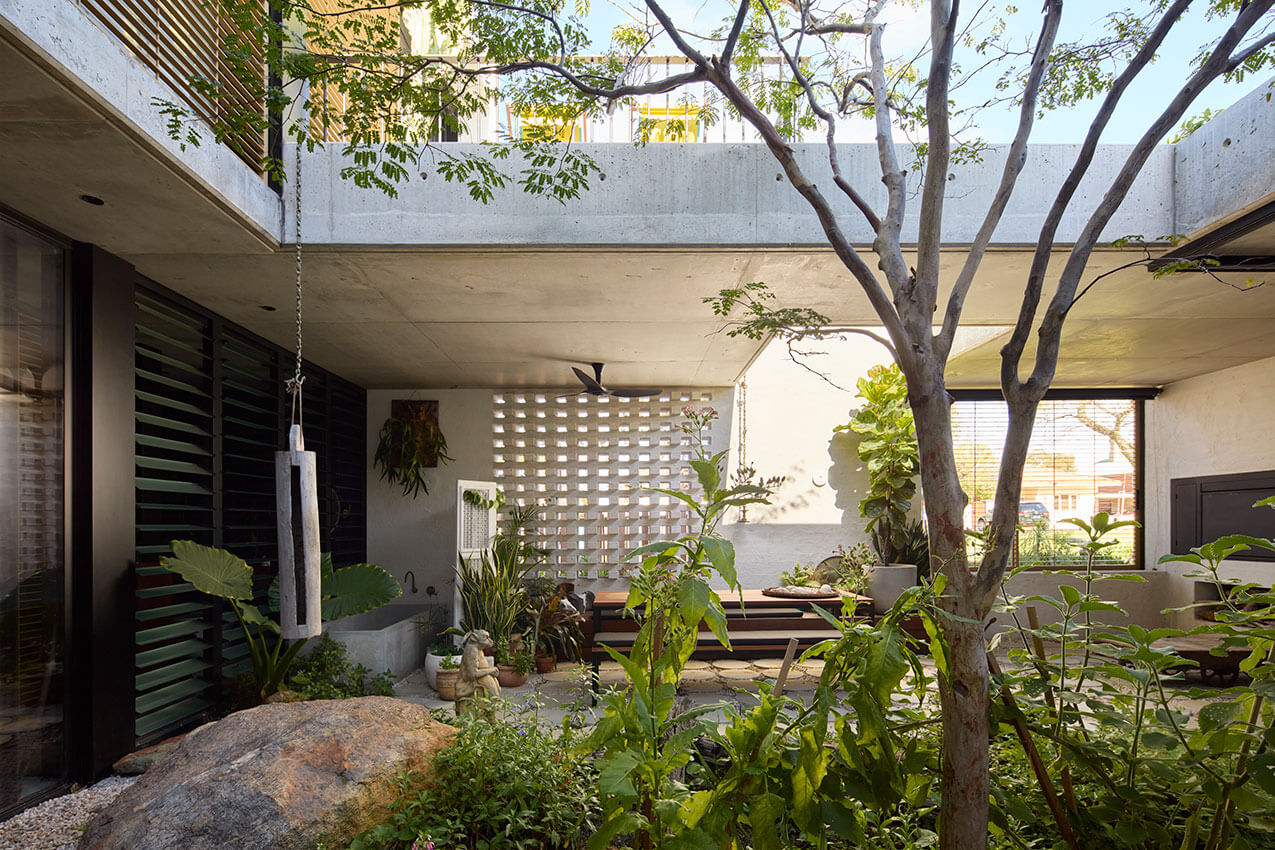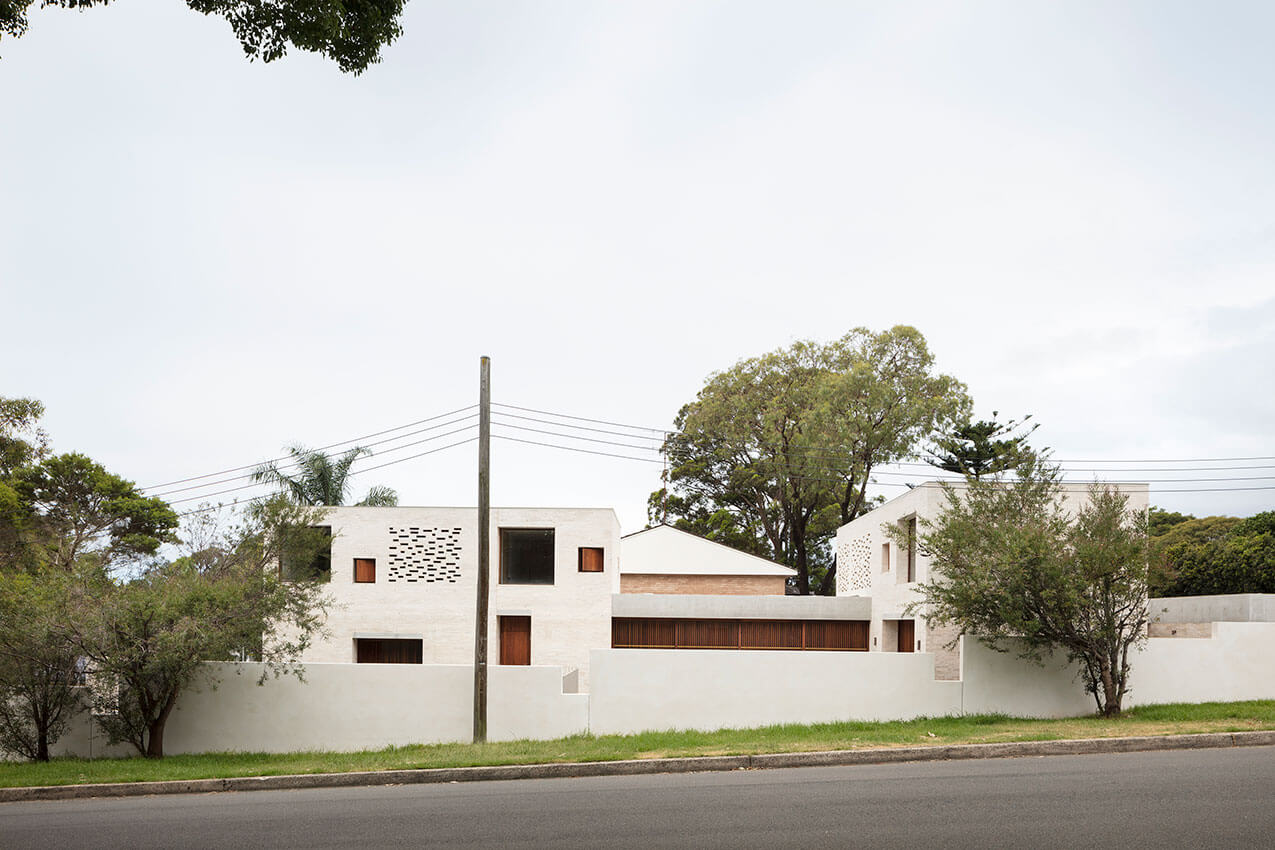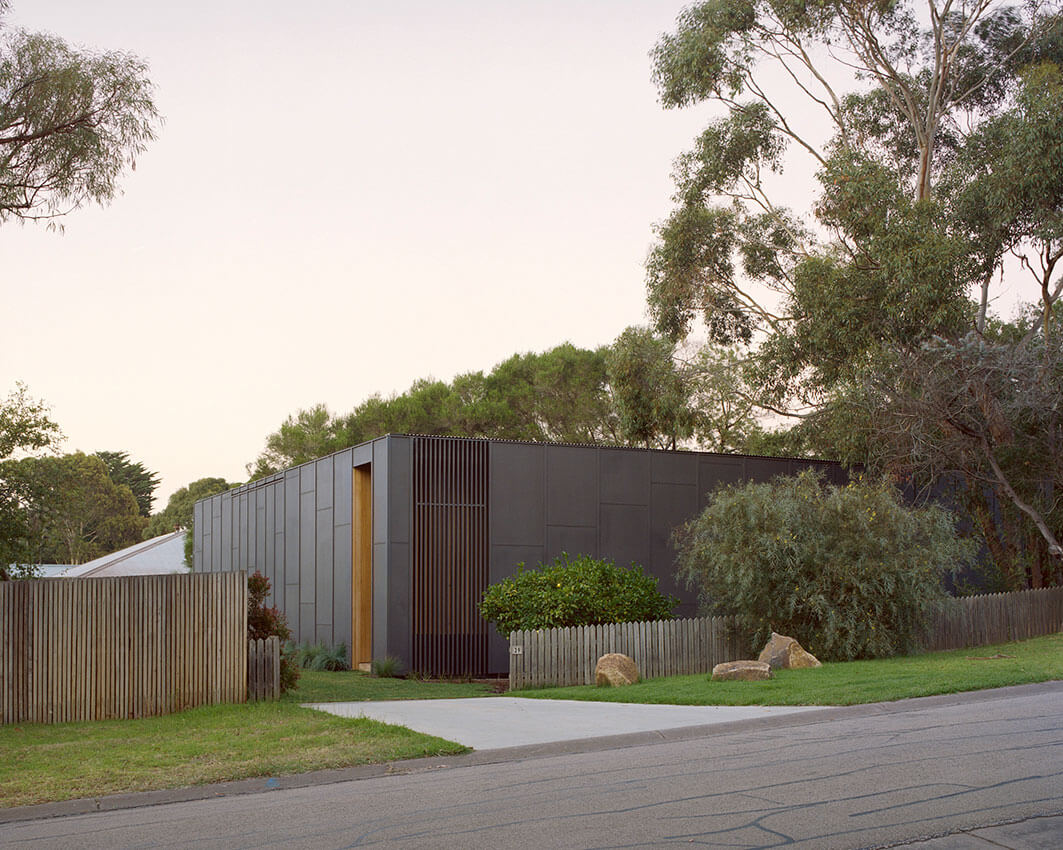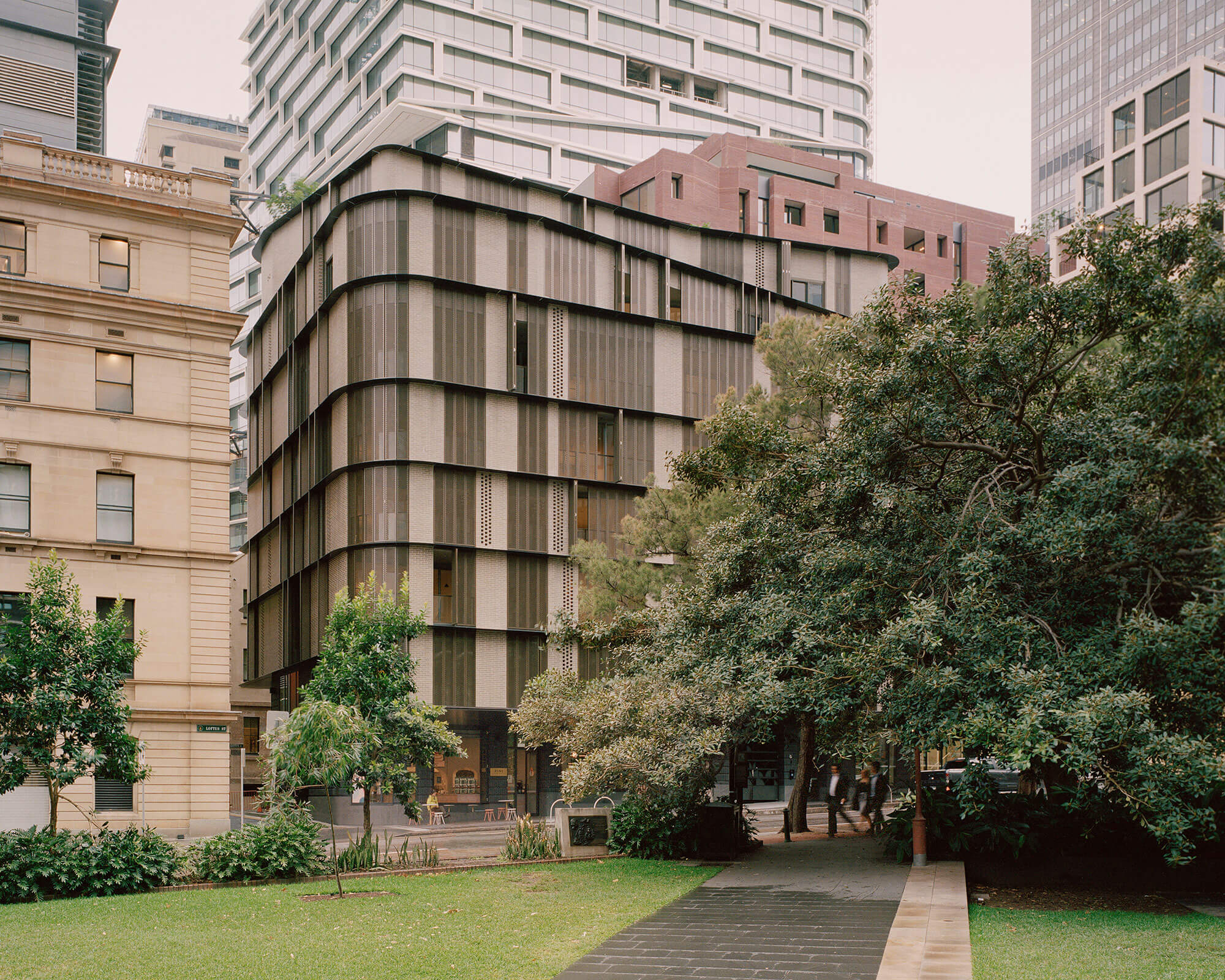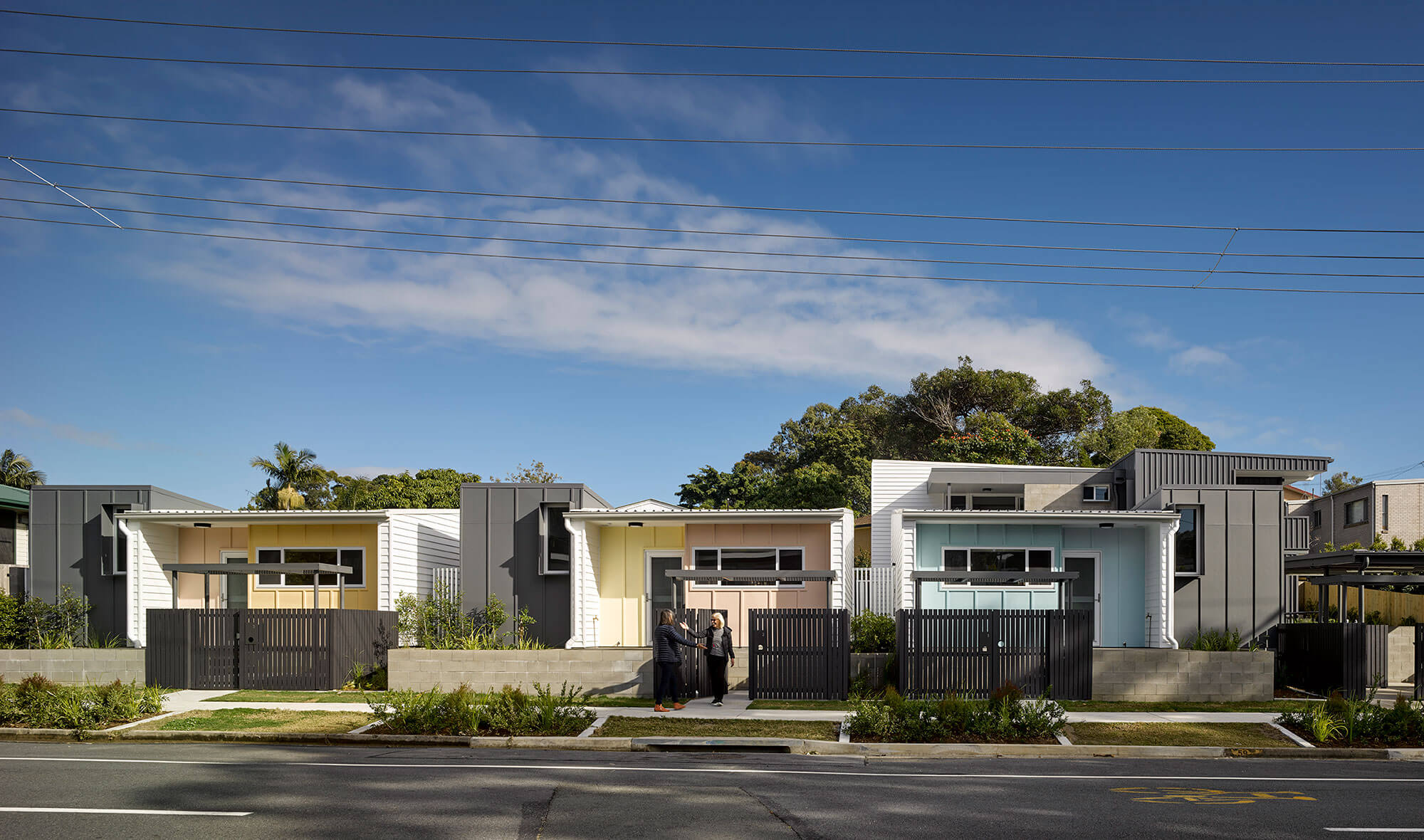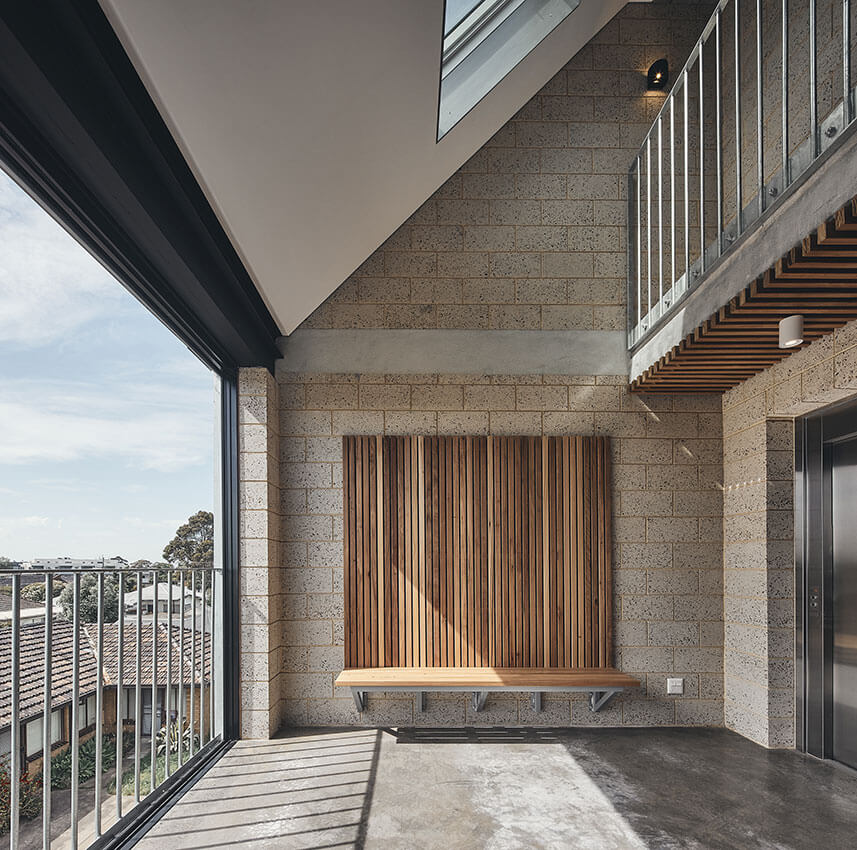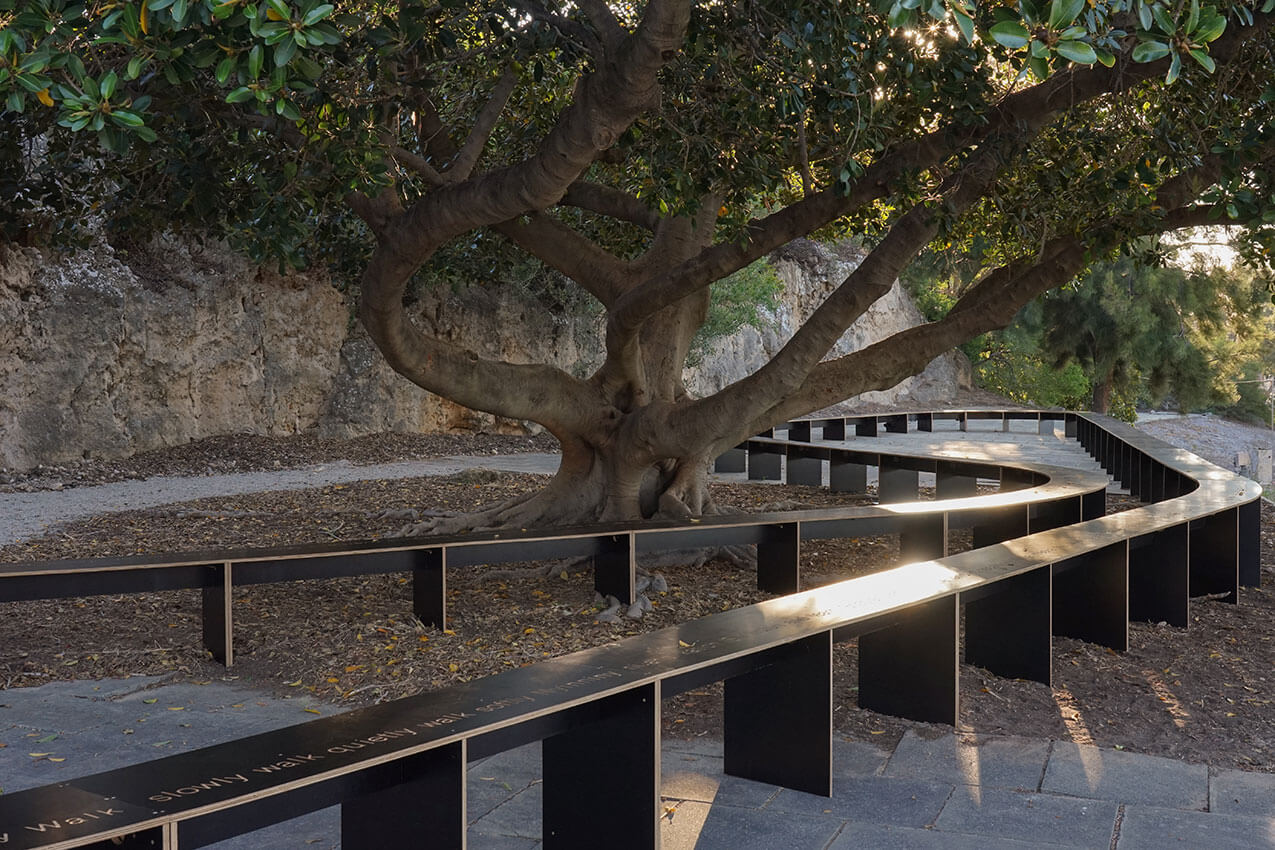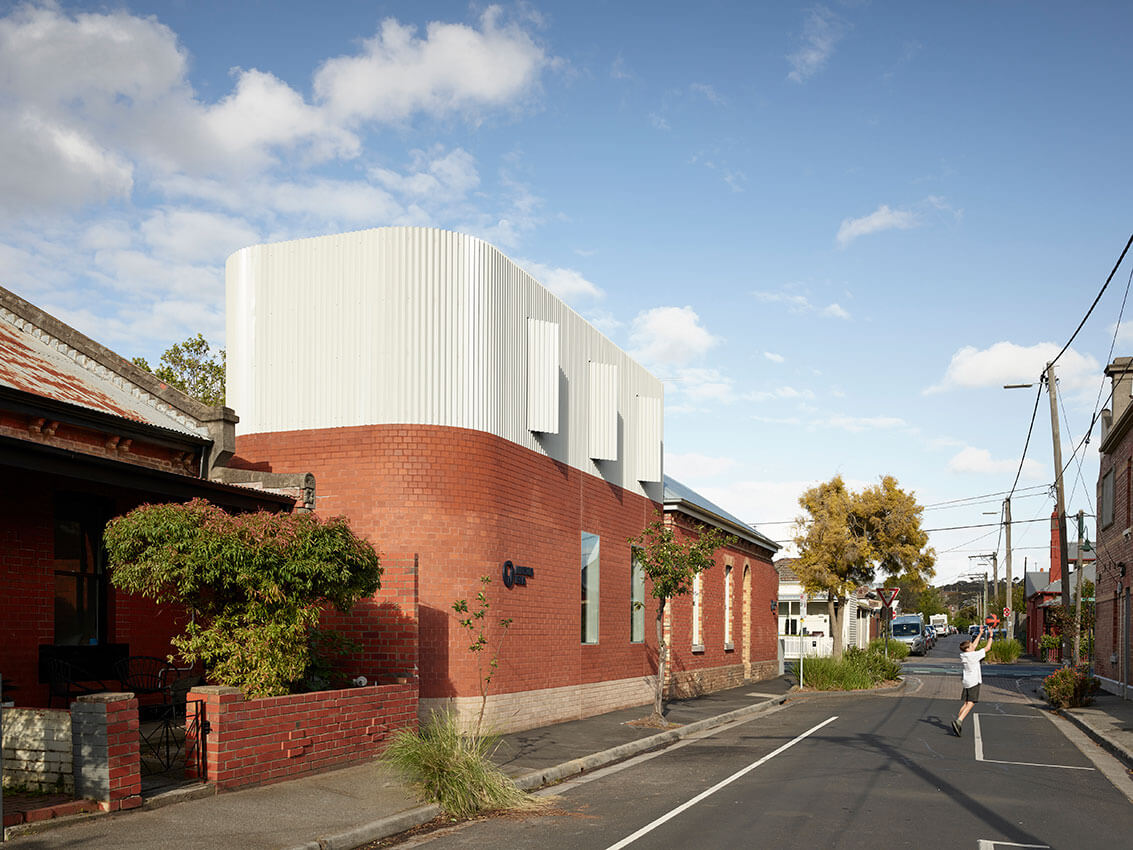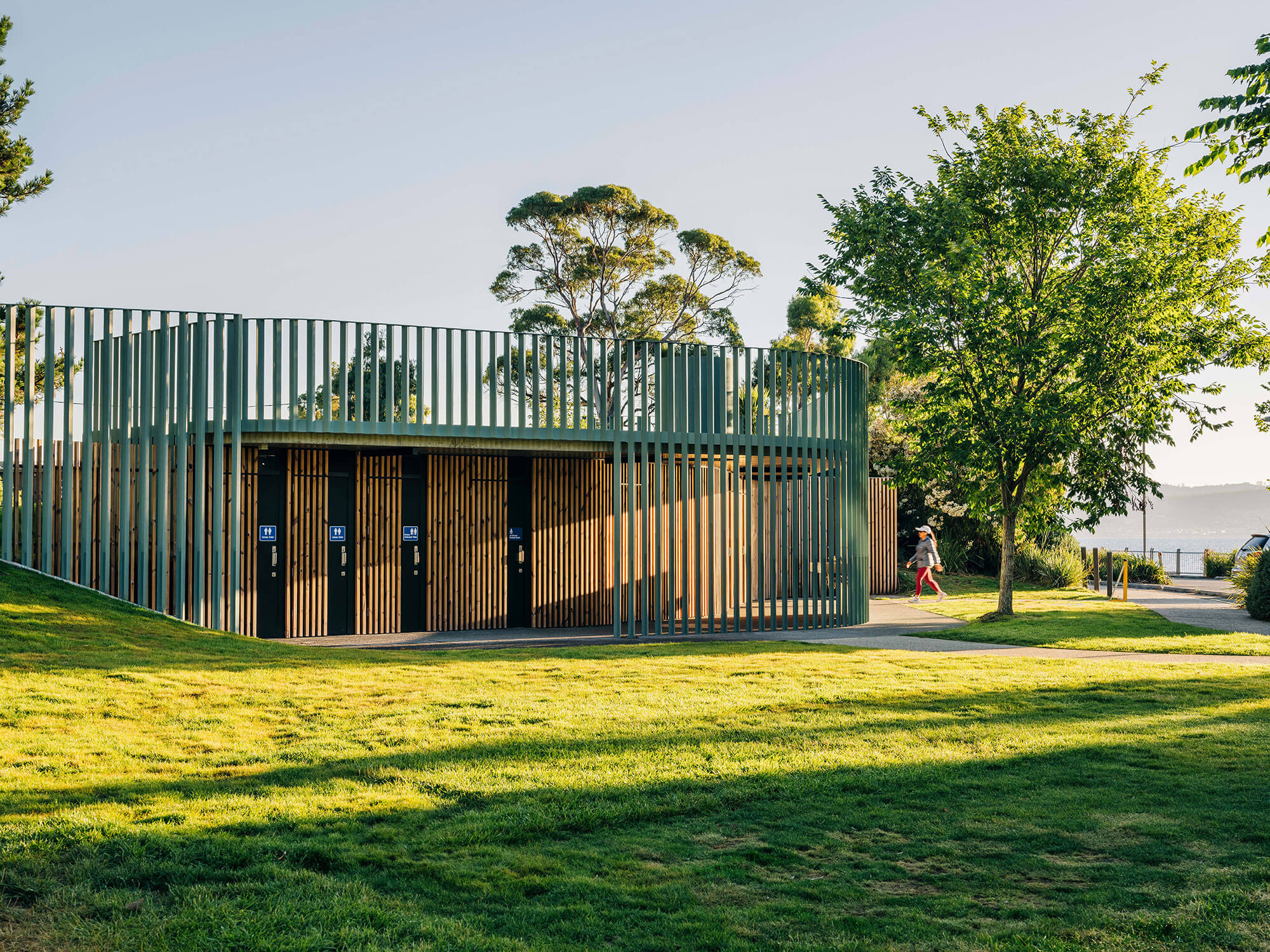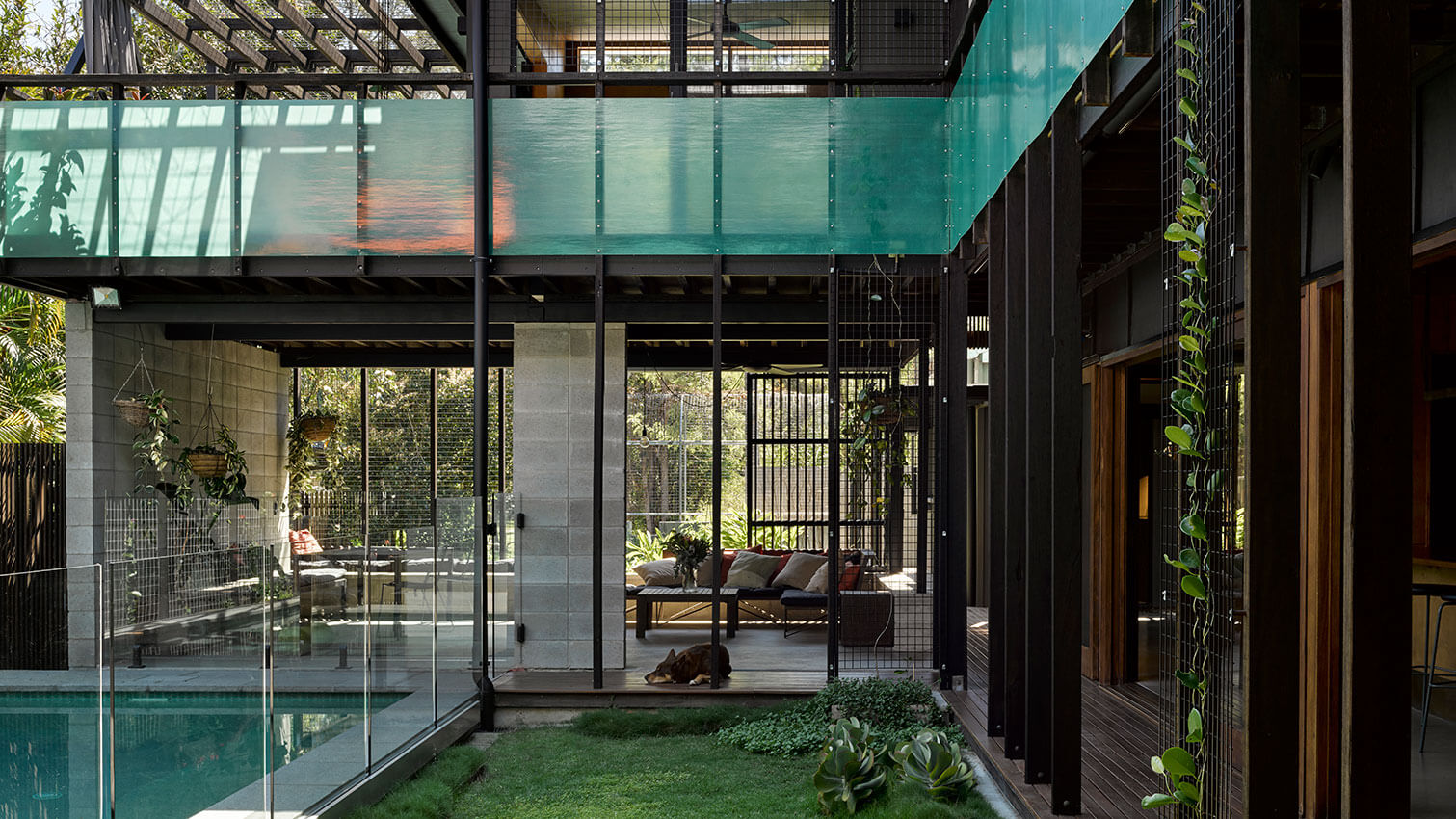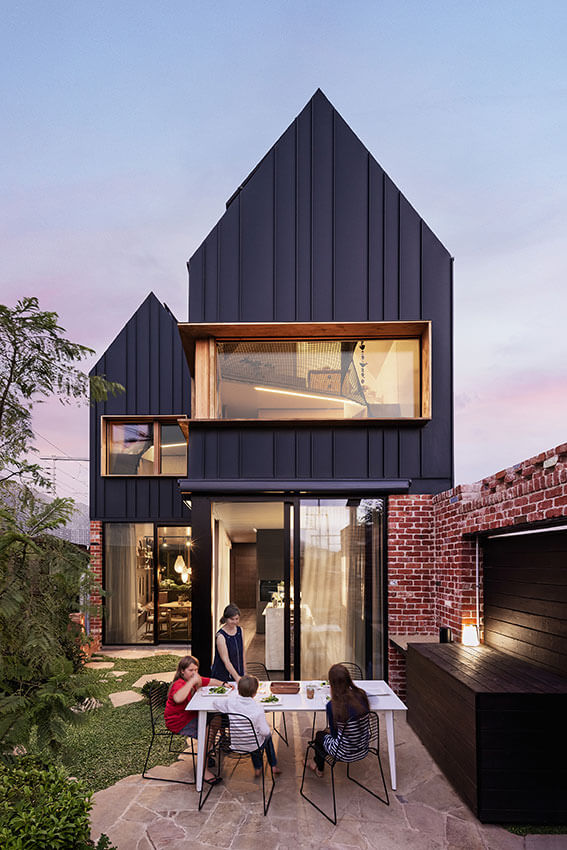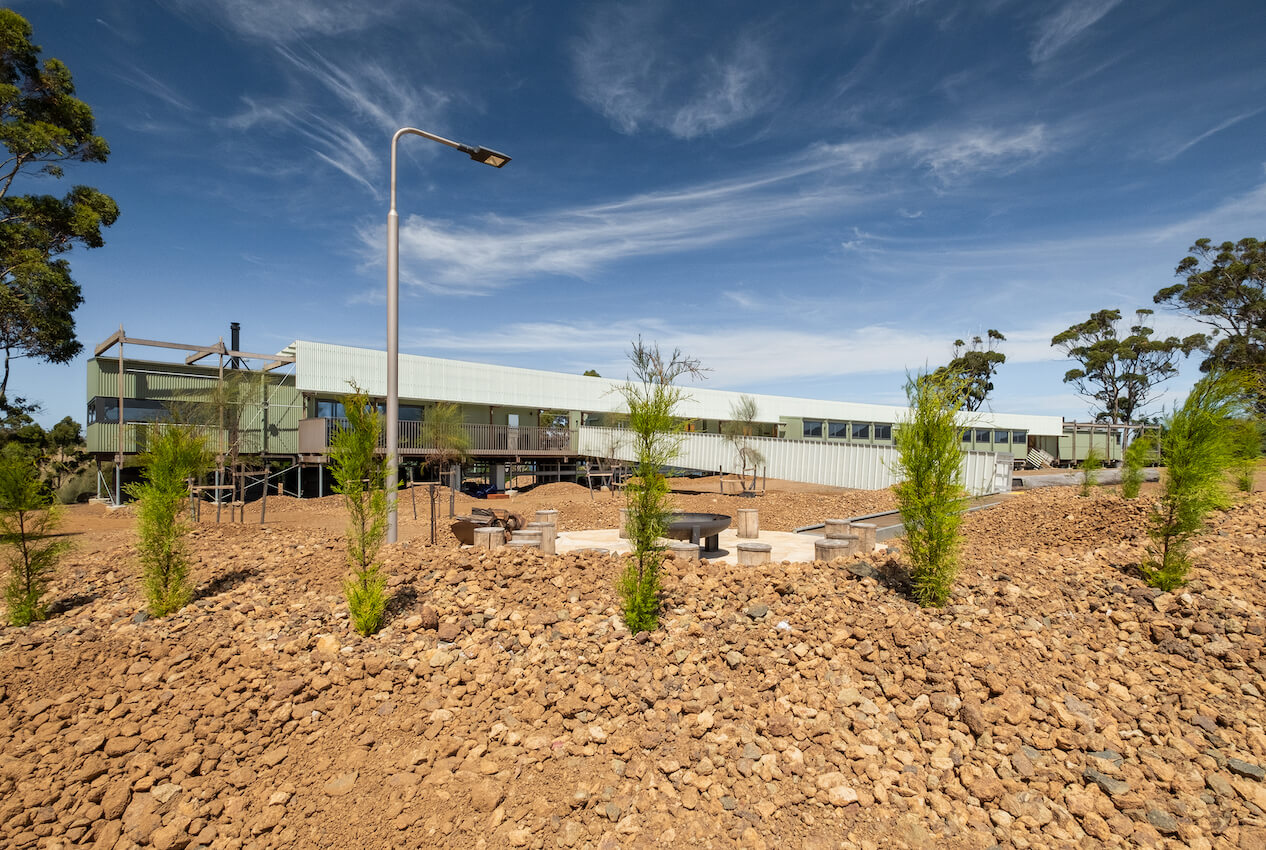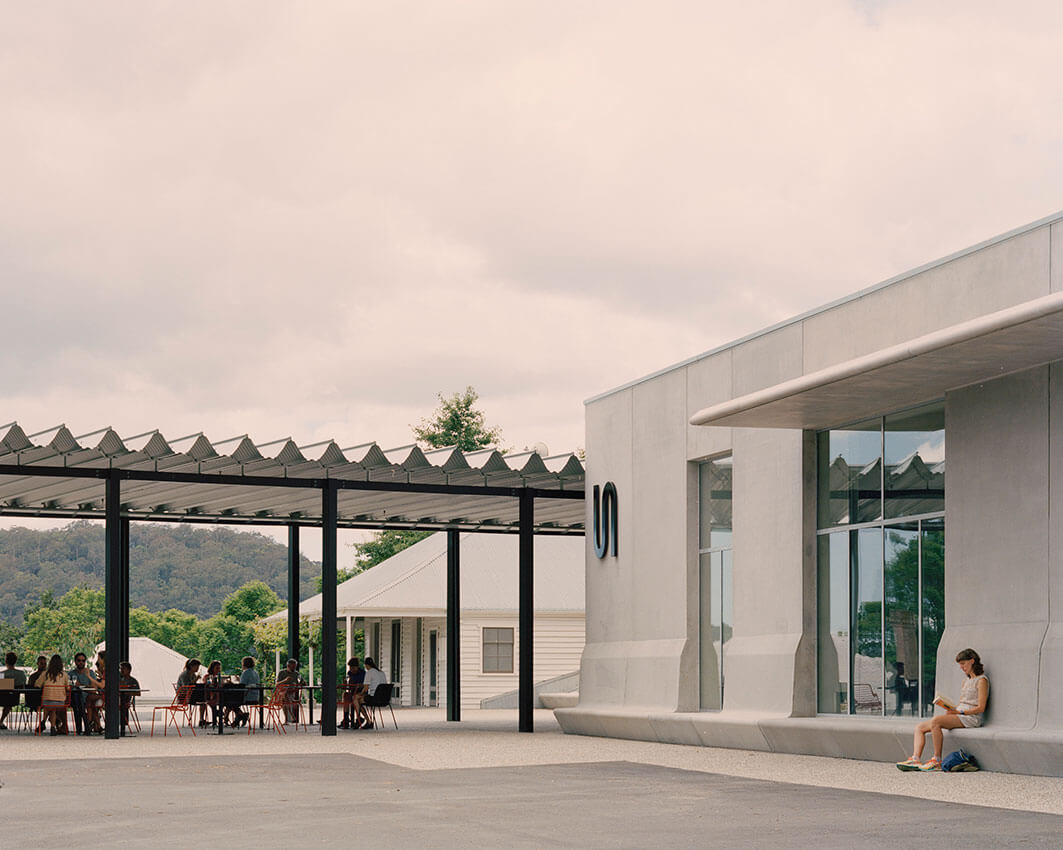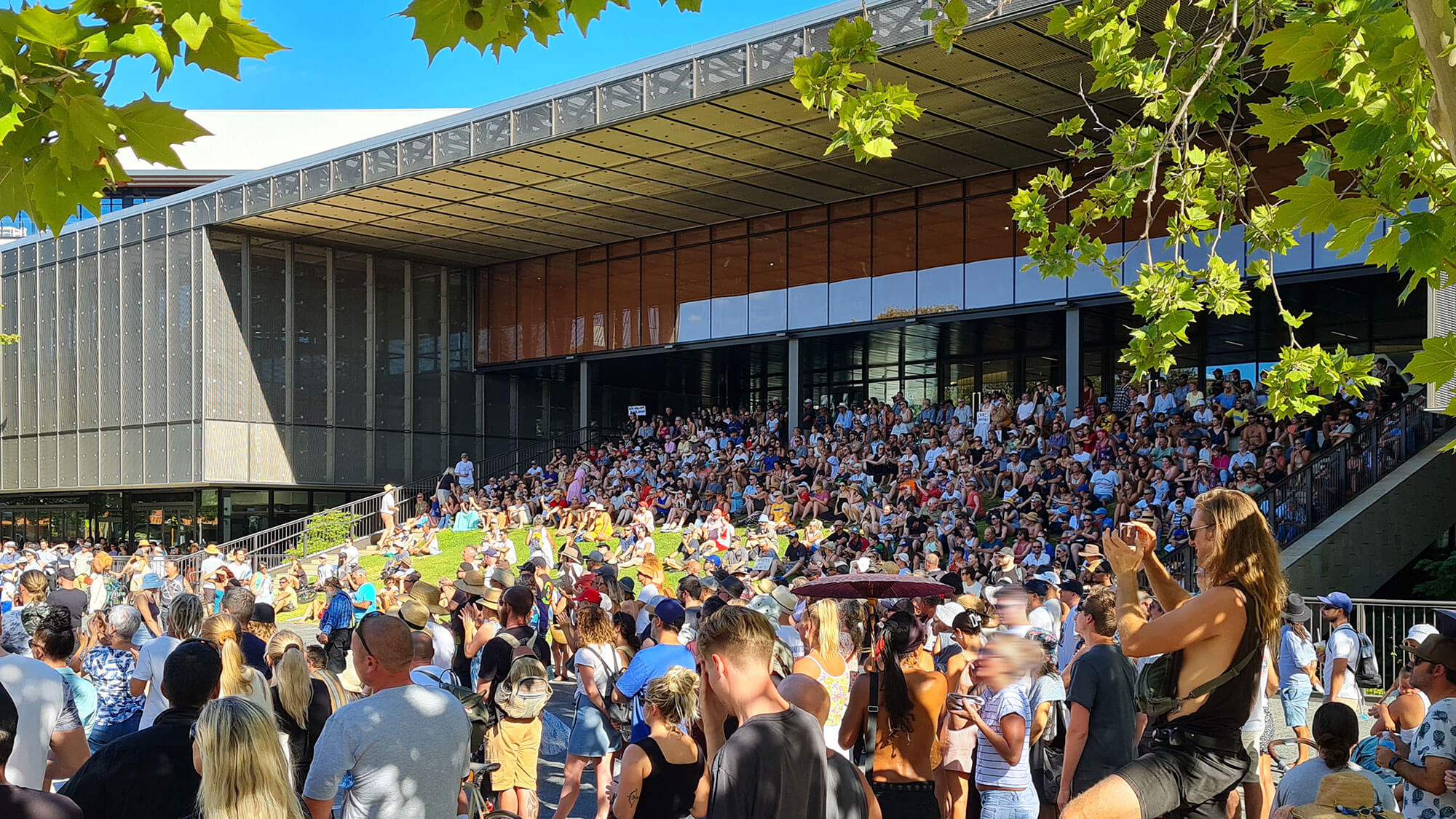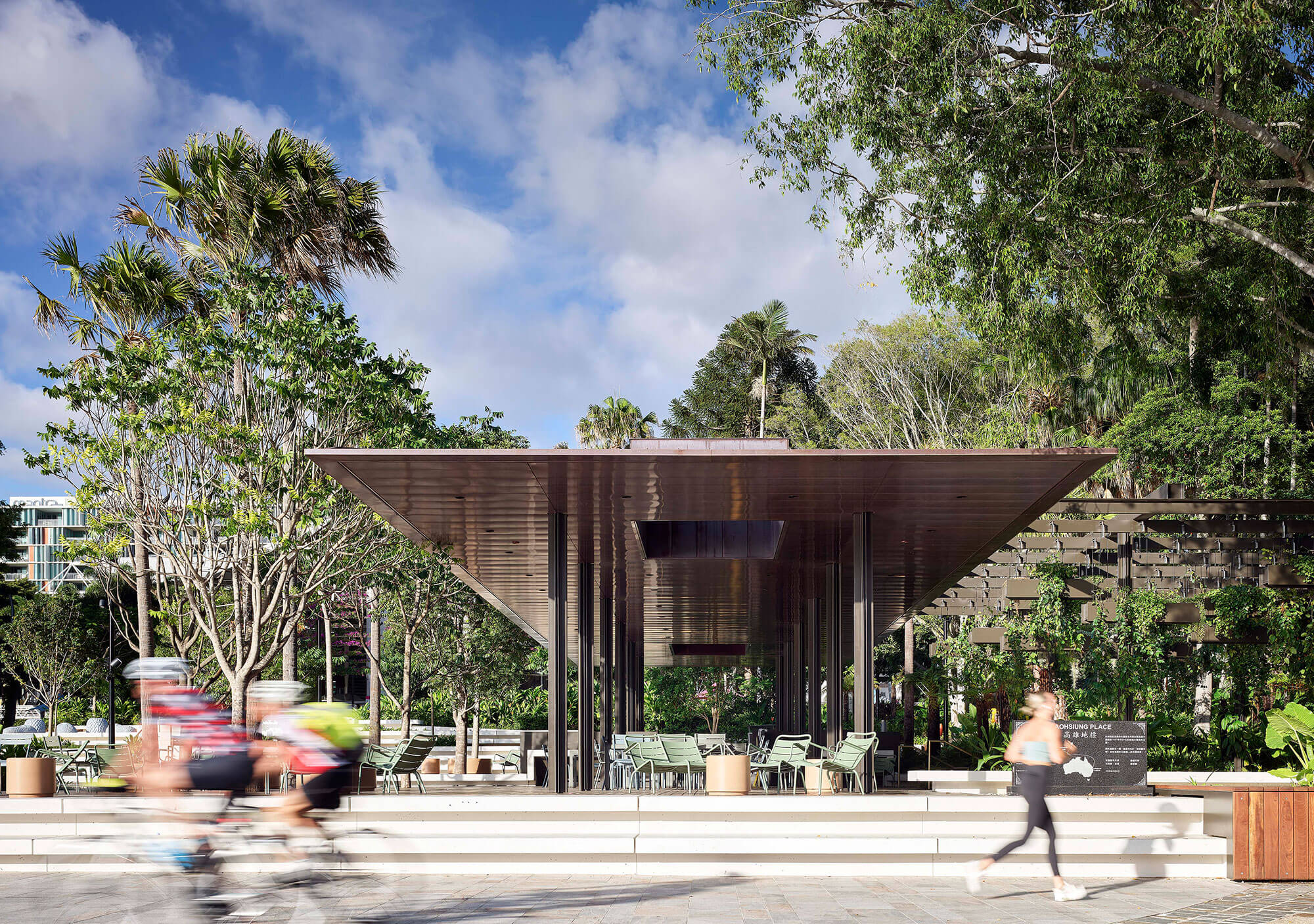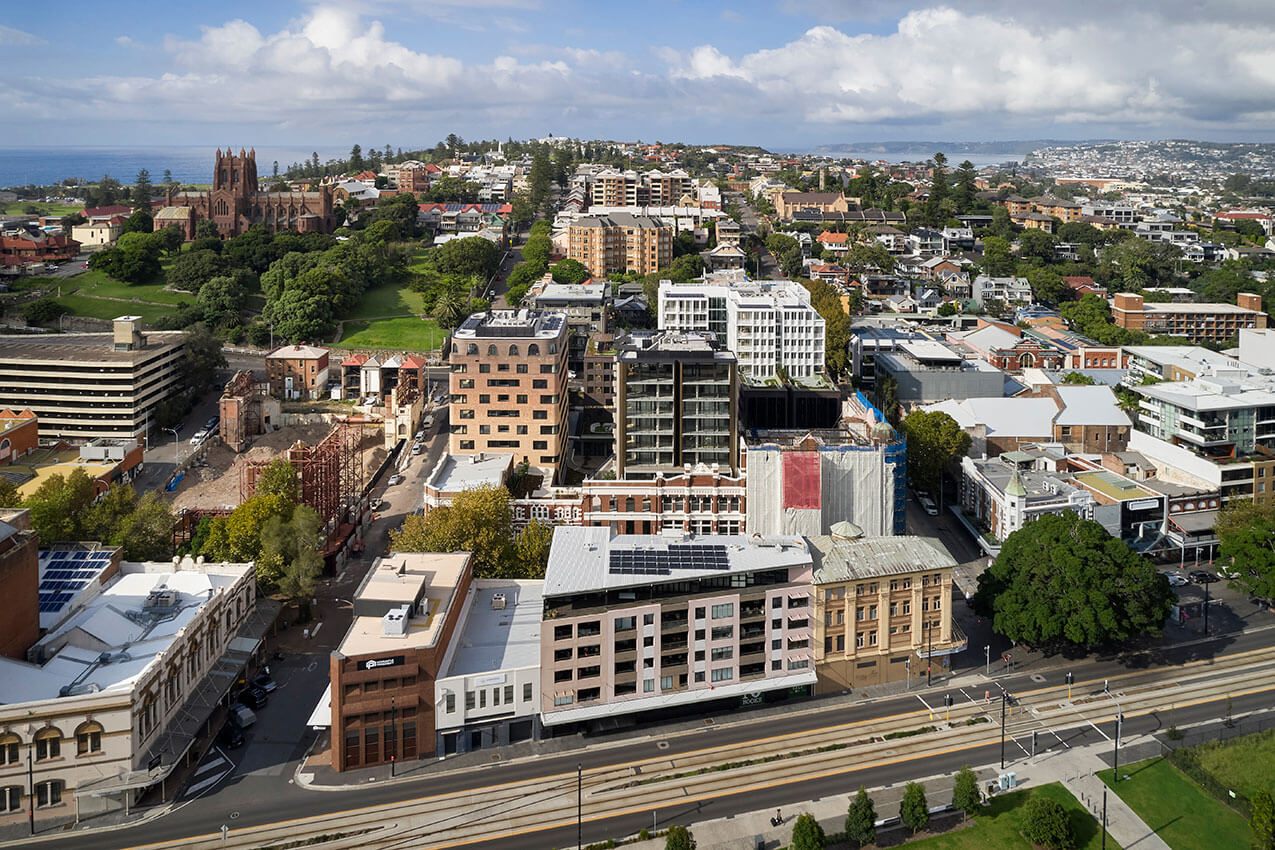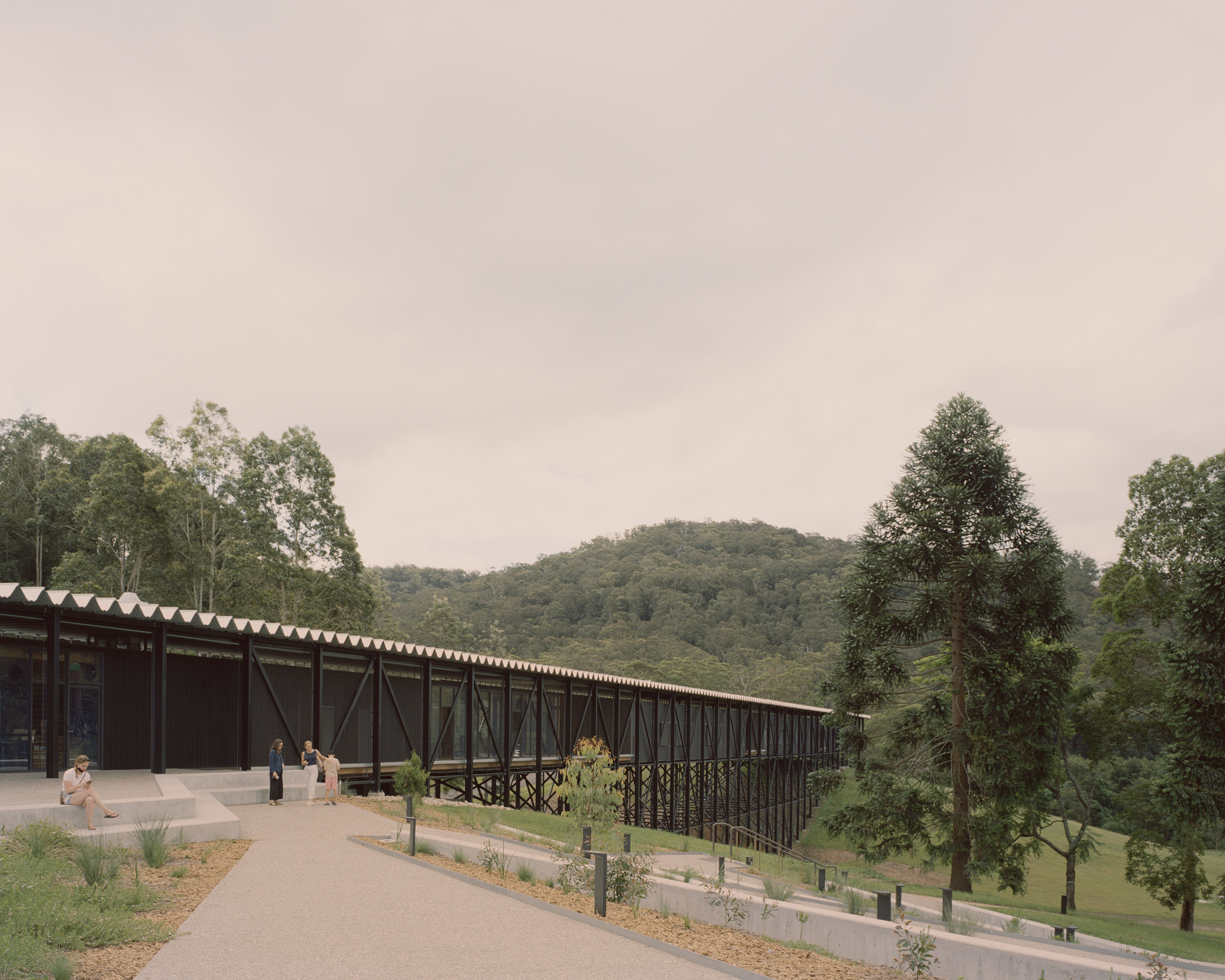
2022 National
Architecture
Awards
Architecture
Awards
National Emerging Architect Prize
DANIEL MOORE | OPEN CREATIVE STUDIO
National Emerging Architect Prize
Daniel Moore is awarded the 2022 National Emerging Architect Prize in recognition of his unending dedication to advancing the role of the architect in society. Daniel has a genuine interest in realizing enhanced outcomes for the built environment and his generosity of time, effort and spirit has led to real action.
He has used media as a tool for leadership as well as education and advocacy at a scale that is truly admirable. Daniel has demonstrated excellence in founding Hearing Architecture, an EmAGN podcast that looks to educate the public on the role and importance of the architectural profession.
He has been fundamental in leading, curating and emceeing New Architects Melbourne events since 2014, and has advocated for the emerging architectural profession through his role as EmAGN co-chair, including the establishment of Generation Exchange, an intergenerational mentorship program.
Moreover, Daniel has pursued more sustainable outcomes through his own practice and patron model, Open Creative Studio.
COLORBOND® Award for Steel Architecture
THE FOUNDRY | LEAD FJMTSTUDIO, FJMTSTUDIO + SISSONS - ARCHITECTS IN ASSOCIATION TO DA
COLORBOND® Award for Steel Architecture
The Foundry is setting a new benchmark for world-class sustainable developments, bringing together leading technology and green design to create a cutting-edge work environment that meets the highest sustainability standards and delivers a leading destination for innovation in a refined and deeply human architecture.
Commercial Architecture
52 RESERVOIR STREET | SJB
The Harry Seidler Award for Commercial Architecture
The history of Surry Hills is one of constant change, adaption and renewal. Occupying a postage-stamp-sized site, 52 Reservoir responds to this legacy with a fine-grain response to the surrounding streetscape. This joyful mixed-use building delivers a restaurant, bar and eight levels of boutique office space within a dense urban environment.
QUEEN & COLLINS | KTA + BVN
National Award for Commercial Architecture
In the aftermath of Covid the design approach for Queen and Collins is especially prescient. Here commercial development is supremely placed to connect us with each other, with our city, its heritage and our environment/climate through an architecture of determined porosity.
The design integrates the remarkable heritage with new retail opportunities and a vision for the future workplace with wellbeing and social connection at its heart. This is underpinned by the urban design strategy which reconnects half a block back into the city with a network of new pathways and interstitial spaces for public access and enjoyment.
Educational Architecture
BRISBANE SOUTH STATE SECONDARY COLLEGE | BVN
The Daryl Jackson Award for Educational Architecture
Brisbane South State Secondary College, the city’s newest vertical campus, offers next level learning connected with the contemporary knowledge network and the country it is bound to – a ridge historically used for camping, weaving and the making of tools by the local First Nations.
ANU BIRCH BUILDING REFURBISHMENT | HASSELL
National Award for Educational Architecture
We took a sensitive approach to revitalising the former Research School of Chemistry Building (1968) on the ANU campus, preserving and modernising it for the next generation of laboratory leaders. The modernist bones and characteristic façade of the original were preserved and contemporary technologies carefully inserted to deliver world-class learning capabilities for the engineers. The new rooftop plant room supports our top-down approach, supplying intensive high-level services without diminishing the heritage-significant architecture.
ULTIMO PUBLIC SCHOOL | DESIGNINC SYDNEY, LACOSTE+STEVENSON AND BMC2, ARCHITECTS IN ASSOCIATION
National Commendation for Educational Architecture
Ultimo Public School presents a new educational model for an inner-Sydney primary school. The design dissolves the classroom/playground divide with flexible learning spaces that expand into playgrounds, verandas and walkways. The school seamlessly blends imagination, learning and nature to enrich the students’ learning journey.
Enduring Architecture
WOOLLEY HESKETH HOUSE | KEN WOOLLEY
National Award for Enduring Architecture
Design for the Woolley house commenced in 1959, soon after the land was purchased. The design and working drawings were completed in late 1960.
Woolley lodged the drawings with Council on 11 January 1962 and Building Application 62/32 was approved on 2 February 1962. Construction commenced soon after and the house was completed in September 1962 by Pettit & Sevitt.
Heritage Architecture
WALSH BAY ARTS PRECINCT | TONKIN ZULAIKHA GREER ARCHITECTS
The Lachlan Macquarie Award for Heritage
The Walsh Bay Arts Precinct is conceived as an arts ‘ecosystem’, where the synergy of co-located creatives will generate a powerful cultural energy, open and visible to the public. Significantly, this creative activity will be located in one of the city’s most characterful waterfronts, a place where Sydney’s maritime history joins its contemporary spirit.
ANU BIRCH BUILDING REFURBISHMENT | HASSELL
National Award for Heritage
We took a sensitive approach to revitalising the former Research School of Chemistry Building (1968) on the ANU campus, preserving and modernising it for the next generation of laboratory leaders. The modernist bones and characteristic façade of the original were preserved and contemporary technologies carefully inserted to deliver world-class learning capabilities for the engineers. The new rooftop plant room supports our top-down approach, supplying intensive high-level services without diminishing the heritage-significant architecture.
Interior Architecture
BVN BRISBANE STUDIO | BVN
The Emil Sodersten Award for Interior Architecture
IDEA
Our scheme firstly acknowledges the studio as being one part of an extended range of work settings – including work from home. It, therefore, prioritises collective spaces, enabling physical and hybrid interactions that maximise opportunities for knowledge transfer. In addition to classic spaces for face-to-face interactions, the refinement of technology-enabled spaces that allow engagement and collaboration between team members both physically and digitally ‘present’ became an imperative.
THE HEDBERG | LIMINAL ARCHITECTURE WITH WOHA
National Award For Interior Architecture
Consolidating an important urban nexus of Hobart, The Hedberg vision presents a performing and creative arts destination and education precinct that fuels Tasmania’s cultural offering in a contemporary global context.
LIMINAL Architecture with WOHA was awarded to deliver this centre of creativity and performance, in a unique collaboration between the University of Tasmania, Tasmanian and Commonwealth Governments and the oldest operating theatre in Australia, the Theatre Royal.
ANU BIRCH BUILDING REFURBISHMENT | HASSELL
National Commendation for Interior Architecture
We took a sensitive approach to revitalising the former Research School of Chemistry Building (1968) on the ANU campus, preserving and modernising it for the next generation of laboratory leaders. The modernist bones and characteristic façade of the original were preserved and contemporary technologies carefully inserted to deliver world-class learning capabilities for the engineers. The new rooftop plant room supports our top-down approach, supplying intensive high-level services without diminishing the heritage-significant architecture.
International Architecture
YUANDANG BRIDGE | BREARLEY ARCHITECTS + URBANISTS BAU
Australian Award for International Architecture
The Yuandang Pedestrian Bridge celebrates the coming together of Jiangsu Province and Shanghai. The 586m bridge is a hybrid structure incorporating landscape, infrastructure, and architecture. It is located in a key location where the two jurisdictions meet.
Public Architecture
BUNDANON | KERSTIN THOMPSON ARCHITECTS
The Sir Zelman Cowen Award for Public Architecture
Gifted to the Australian people by Arthur and Yvonne Boyd, Bundanon’s purpose is to foster an appreciation and understanding of art and environment.
The new works enable expanded programming towards this and open up this extraordinary place and its $46.5M collection to the public with an art museum of national significance. Developed as a rich ensemble of distinct periods in Bundanon’s evolution, the new site wide works are equal parts subtle and dramatic, preserving and transforming. They incorporate radical solutions to a changing climate with a net zero energy target.
VICTORIAN PRIDE CENTRE | BREARLEY ARCHITECTS + URBANISTS & GRANT AMON ARCHITECTS
National Award for Public Architecture
The VPC is the first purpose-built centre for Australia’s LGBTIQ+ communities. It is a place to invent new futures, while honouring and celebrating the brave – and at times difficult – past.
WALYALUP CIVIC CENTRE | KERRY HILL ARCHITECTS
National Award for Public Architecture
The design for Walyalup Civic Centre was the winner of an international competition. The project site is in Fremantle adjacent to a public space, Walyalup Koort. The project includes council chambers, office space and a lending library. The architecture responds to the centre’s location and typology.
WALSH BAY ARTS PRECINCT | TONKIN ZULAIKHA GREER ARCHITECTS
National Award for Public Architecture
The Walsh Bay Arts Precinct is conceived as an arts ‘ecosystem’, where the synergy of co-located creatives will generate a powerful cultural energy, open and visible to the public. Significantly, this creative activity will be located in one of the city’s most characterful waterfronts, a place where Sydney’s maritime history joins its contemporary spirit.
KINGS LANGLEY CRICKET CLUB & AMENITIES | EOGHAN LEWIS ARCHITECTS
National Commendation for Public Architecture
“Designing a sports facility in a public park presents a few conundrums; how can a building be robust and hard-wearing but at the same time warm, welcoming and inclusive? How can it express its ‘publicness’ and offer something to the community when the majority of the time it will be shut?
NEW FARM NEIGHBOURHOOD CENTRE | VOKES AND PETER WITH ZUZANA AND NICHOLAS
National Commendation for Public Architecture
New Farm Neighbourhood Centre is a renovation of an existing neighbourhood centre. NFNC supports a diverse range of people from the local community and demonstrates a cost-effective solution to creating more useable space on a complex and constrained site.
The design of the building encourages occupation of the street and promotes a connection to the outdoors.
Residential - Houses (Alterations and Additions)
ARCADIA | ARCHITECTURE ARCHITECTURE
The Eleanor Cullis-Hill Award for Residential Architecture - Houses (Alterations and Additions)
Notions of home are as much a projection of our dreams and memories as they are the bricks and linen cupboards that anchor them. Tangled in the sheets of inner-urban Melbourne, Arcadia is a fever dream of pastoral histories. Shafts of light lend weight to rustic walls; burnt-out chimneys dot the landscape; distant views draw the eye; inside and out, the house is ablush with the perpetual hue of an early rise and an early rest.
AUTUMN HOUSE | STUDIO BRIGHT
National Award for Residential Architecture - Houses (Alterations and Additions)
Autumn House attempts to negotiate the need for refuge, retreat, and privacy with generosity and engagement with the urban context.
An extension to a Victorian terrace with a 1980’s renovation by architect Mick Jörgensen and a mature Elm tree in the backyard, in effect adds a careful new layer stitched into and around these constraints. The project attempts to sympathetically balance the architecture of the Victorian, the Jorgenson addition with a new contribution by our studio.
STABLE & CART HOUSE | CLARE COUSINS ARCHITECTS
National Award for Residential Architecture - Houses (Alterations and Additions)
Originally a stable and cart store designed by esteemed architect Harry A Norris, Stable & Cart House is a sensitive adaptation in North Melbourne, engaging thoughtfully with the imperfections and idiosyncrasies of the 1920’s brick warehouse. The design challenge presented itself as a paradox, to introduce the obligatory domestic programme while preserving the warehouse scale of the interior and memories of its past.
FUSILIER COTTAGE | BENCE MULCAHY
National Award for Residential Architecture - Houses (Alterations and Additions)
Fusilier Cottage occupies the corner of the site with a garden and large sycamore the other half, a feature in the Hampden Road streetscape. Planning was driven by the mixed use brief and accommodates much of the new program at the cottages rear, with the living pavilion, peeking into the north/street-facing garden.
CASCADE HOUSE | JOHN ELLWAY
National Award for Residential Architecture - Houses (Alterations and Additions)
A 1900s timber cottage sits on a wide but shallow site with a small addition added to the side. The addition visually recedes, separated by courtyard and landscape, leaving the original cottage sitting proudly to the street.
The addition becomes the more public parts of the house. It is broken up into a series of split levels to mediate a large topography change across the site. A place to gather for meals and games opens onto on grass and across pool.
CURRUMBIN WATERS HOUSE | NIELSEN JENKINS
National Commendation for Residential Architecture - Houses (Alterations and Additions)
Currumbin Waters House is the renovation of a single storey 1989 AV Jennings Display Home which sits on a shared title with the other three house models along a common driveway.
Residential - Houses (New)
JIMMY’S HOUSE | MJA STUDIO WITH STUDIO ROAM AND IOTA
National Award for Residential Architecture - Houses (New)
This home seeks to challenge the business-as-usual approach to battle-axe subdivisions.
Our brief was to fit more area for gardens and courtyards than the site itself, to flip the typical diagram and make the laneway our front door and opening up in party mode to the adjacent park. It had to be compliant with the R-codes and had to be generous to its neighbors.
CURL CURL HOUSE | TRIAS
National Award for Residential Architecture - Houses (New)
Curl Curl House was designed for an introverted family, who sought a home that would feel protective, reclusive, and quiet.
The project was inspired by time spent in Mexico. There, we were drawn to an urban condition where houses were hidden behind walls, creating private oases within.
Curl Curl House is a walled garden house that feels calm, confident, and quiet.
CORNER HOUSE | ARCHIER
NATIONAL COMMENDATION FOR RESIDENTIAL ARCHITECTURE – HOUSES (NEW)
At under 200m2, Corner House is a relatively modest home that manages to generate a variety of experiences and relationships within a small number of spaces, while maintaining the integrity of a singular, “elemental” architectural gesture.
The floor plan of Corner House uniquely achieves a rich and dynamic range of experiences. Each corner volume is connected via slender circulation spaces that act as galleries for the clients’ much-loved art collection and facilitate a gradual ascent from the tall, airy entry and studio space to a more intimately scaled kitchen, dining and living spaces.
Residential - Multiple Housing
QUAY QUARTER LANES – 8 LOFTUS STREET | STUDIO BRIGHT
The Frederick Romberg Award for Residential Architecture - Multiple Housing
Quay Quarter Lanes is the rejuvenation of a city block in the heart of Sydney City at Circular Quay.
The project comprises a collection of new and restored buildings and laneways. Three new buildings designed by SJB, Silvester Fuller and Studio Bright complement the site’s heritage wool store Hinchcliff House, restored by Carter Williamson and the Gallipoli Memorial Club, restored by Lippmann Partnership. Stitching the new and old is a public domain and landscape design by ASPECT Studios.
ANNE STREET GARDEN VILLAS | ANNA O'GORMAN ARCHITECT
NATIONAL AWARD FOR RESIDENTIAL ARCHITECTURE - MULTIPLE HOUSING
In collaboration with the Queensland Government, this project was a unique opportunity to challenge the conventions of social housing, and a more create more liveable, forward-thinking model. Our aim was to employ small design moves that could have a big impact, and offer a more efficient alternative to single dwelling living without sacrificing the amenity offered by freestanding homes.
ST ALBANS HOUSING | NMBW ARCHITECTURE STUDIO IN ASSOCIATION WITH MONASH ART, DESIGN & ARCHITECTURE (MADA)
NATIONAL COMMENDATION FOR RESIDENTIAL ARCHITECTURE - MULTIPLE HOUSING
This project defines a replicable contemporary apartment building type on a standard single allotment in Melbourne’s middle-ring suburbs, achievable within current regulations and within an economic framework of ‘affordable housing’.
Small Project Architecture
GATHERING PLACE | PENHALE & WINTER WITH SANDRA HARBEN
THE NICHOLAS MURCUTT AWARD FOR SMALL PROJECT ARCHITECTURE
Gathering Place by Penhale & Winter and Whadjuk Noongar elder Sandra Harben was an invitation to gather in one of the city’s largely forgotten public spaces. Commissioned by the Fremantle Biennale, the proposal was conceived through a cross cultural conversation, an extended yarn between the project’s three authors.
THE DENTIST | ROB KENNON ARCHITECTS
NATIONAL AWARD FOR SMALL PROJECT ARCHITECTURE
As a dentist, the project required universal access to align the addition with the raised heritage building. This meant finding a location for a 9m long ramp within a 12mx4.3m zone. What was initially the biggest constraint quickly became the backbone of the project, and we designed the dentist around a ramp.
LONG BEACH AMENITIES | PRESTON LANE
National Commendation for Small Project Architecture
Expressing a strong desire for the new facilities to offer more to the community than a ‘standard amenities building’, the pavilion wraps the contours of the site as it mediates between a playground, the water’s edge and a parkland at the top of the site.
The building follows the contours of the site, minimising its impact on the surrounding area as it hugs the feet of an established pine tree. The form of the building strengthens connection between existing primary land uses, while also providing for good visual surveillance from the playground for parents.
Sustainable Architecture
LIVE WORK SHARE HOUSE | BLIGH GRAHAM ARCHITECTS
The David Oppenheim Award for Sustainable Architecture
The Live Work Share House comprises a house, office, and self-contained flat. We have called the project by this name as we designed it as a test case for the way in which flexible adaptable living and working could be achieved on a suburban block.
THE HÜTT 01 PASSIVHAUS | MELBOURNE DESIGN STUDIOS (MDS)
National Award for Sustainable Architecture
The Hütt 01 Passivhaus regenerates a forgotten piece of land in the middle of Melbourne’s urban jungle, creating a ‘wedge of calm’. It is a building that not only provides a healthy home for the people living in it but a building that is good for the planet also, a building that creates more energy than it uses. The architects call it TMRW by Hütt : A Beacon of Hope for the Future. Or simply put : An inspirational response to the challenges facing the built environment in a changing world.
SPRING BAY MILL RIDGE QUARTERS | GILBY + BREWIN ARCHITECTURE
National Award for Sustainable Architecture
The Ridge Quarters is a group accommodation building that is part of stage 2 of the ongoing 40 ha site-wide regeneration of what was the world’s largest wood chipping facility into a culture and environment focused events venue called Spring Bay Mill. Whilst repairing a deeply damaged site, the project is extending the long human tradition of gathering in an place originally referred to by the Paredarerme people as trayapana.
BUNDANON | KERSTIN THOMPSON ARCHITECTS
National Award for Sustainable Architecture
Gifted to the Australian people by Arthur and Yvonne Boyd, Bundanon’s purpose is to foster an appreciation and understanding of art and environment. The new works enable expanded programming towards this and open up this extraordinary place and its $46.5M collection to the public with an art museum of national significance.
Urban Design
QUAY QUARTER LANES | SJB, SILVESTER FULLER, STUDIO BRIGHT, CARTER WILLIAMSON, LIPPMANN PARTNERSHIP AND ASPECT STUDIOS
The Walter Burley Griffin Award for Urban Design
Quay Quarter Lanes is the rejuvenation of a city block in the heart of Sydney City at Circular Quay. The project comprises a collection of new and restored buildings, arcades and laneways. Together with a suite of neighbouring Circular Quay rejuvenation projects, Quay Quarter Lanes contributes to a generational reshaping of this gateway neighbourhood to Sydney Harbour.
WALYALUP CIVIC CENTRE | KERRY HILL ARCHITECTS (KHA)
NATIONAL AWARD FOR URBAN DESIGN
The design for Walyalup Civic Centre was the winner of an international competition. The project site is in Fremantle adjacent to a public space, Walyalup Koort. The project includes council chambers, office space and a lending library. The architecture responds to the centre’s location and typology.
RIVERSIDE GREEN SOUTH BANK PARKLANDS | HASSELL
National Commendation for Urban Design
Riverside Green establishes a new ‘green heart’ for South Bank Parklands on the site of a former restaurant damaged by the 2011 floods. Elements of open lawn, rainforest deck, pavilion, and grotto reflect a spectrum of Brisbane’s domestic and endemic landscapes, providing familiar spaces that can adapt to large and small gatherings and public events. New public artwork and ponds recall the site’s history, marking a former creek that ran to the Brisbane River.
NEWCASTLE EAST END | SJB IN COLLABORATION WITH DURBACH BLOCK JAGGERS, TONKIN ZULAIKHA GREER AND ASPECT STUDIOS
National Commendation for Urban Design
Over the last 10 years, state and local planning strategies have supported landmark investments in the future of Newcastle, including the expansion of the West End and Honeysuckle precincts, and a new light rail line servicing the main transport corridor along Hunter Street.

